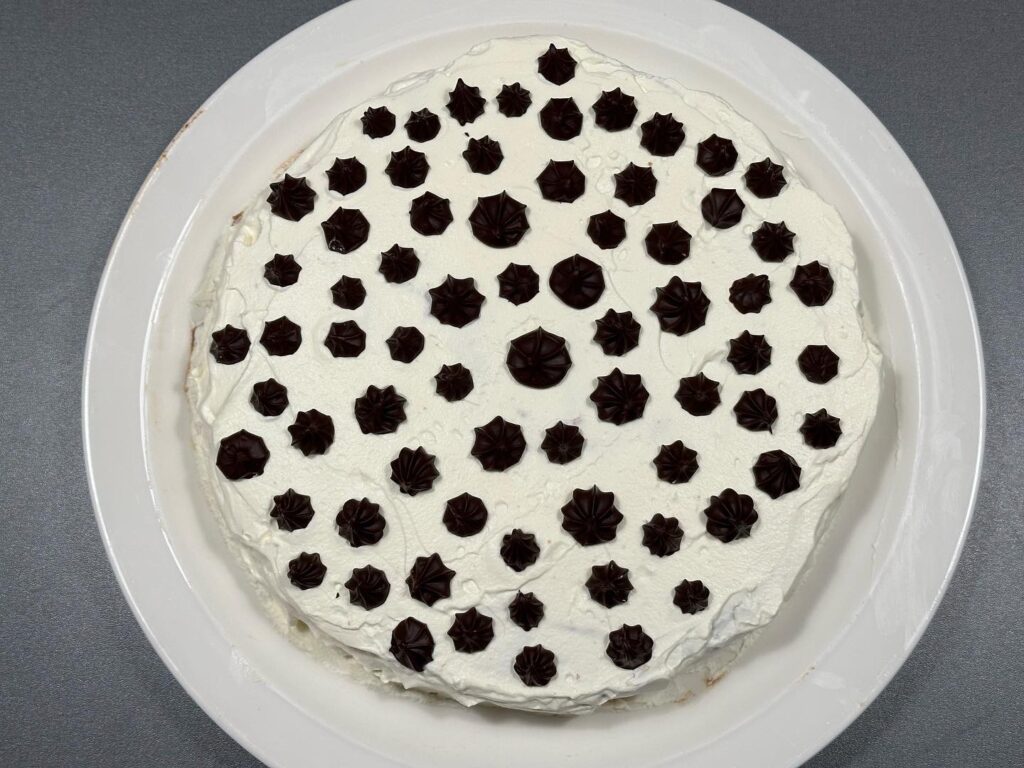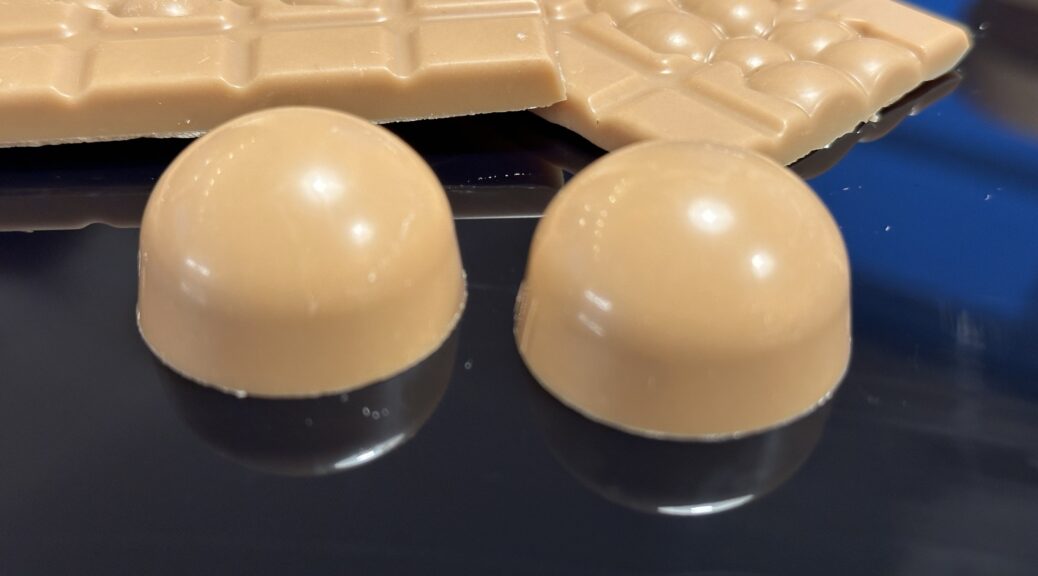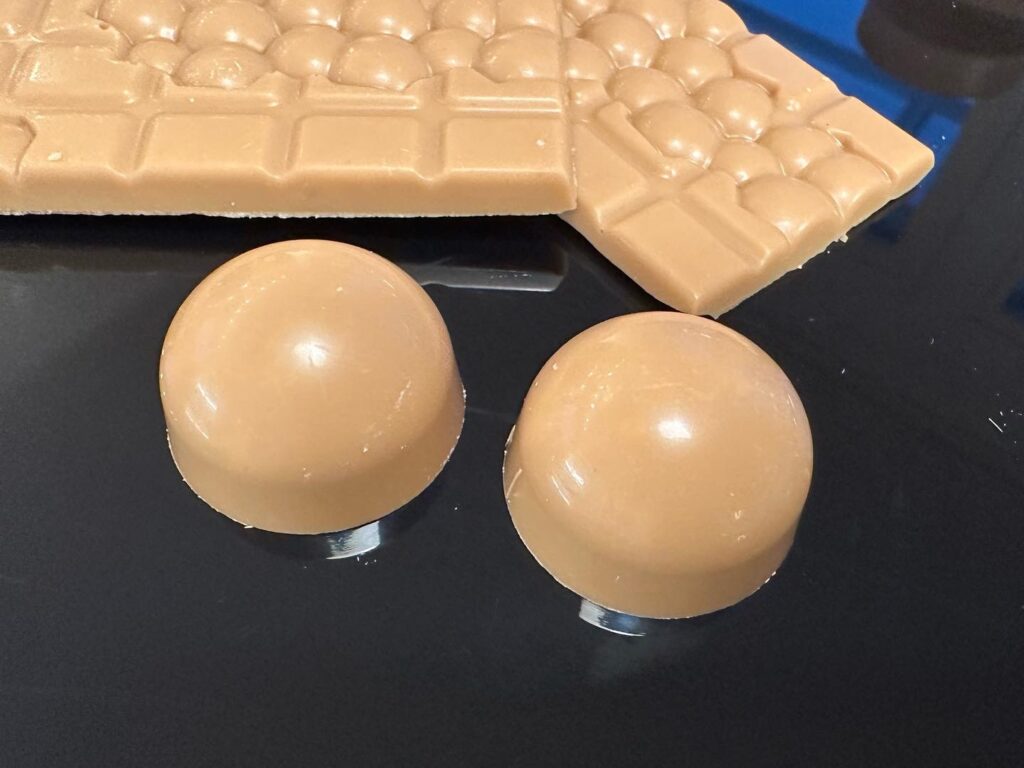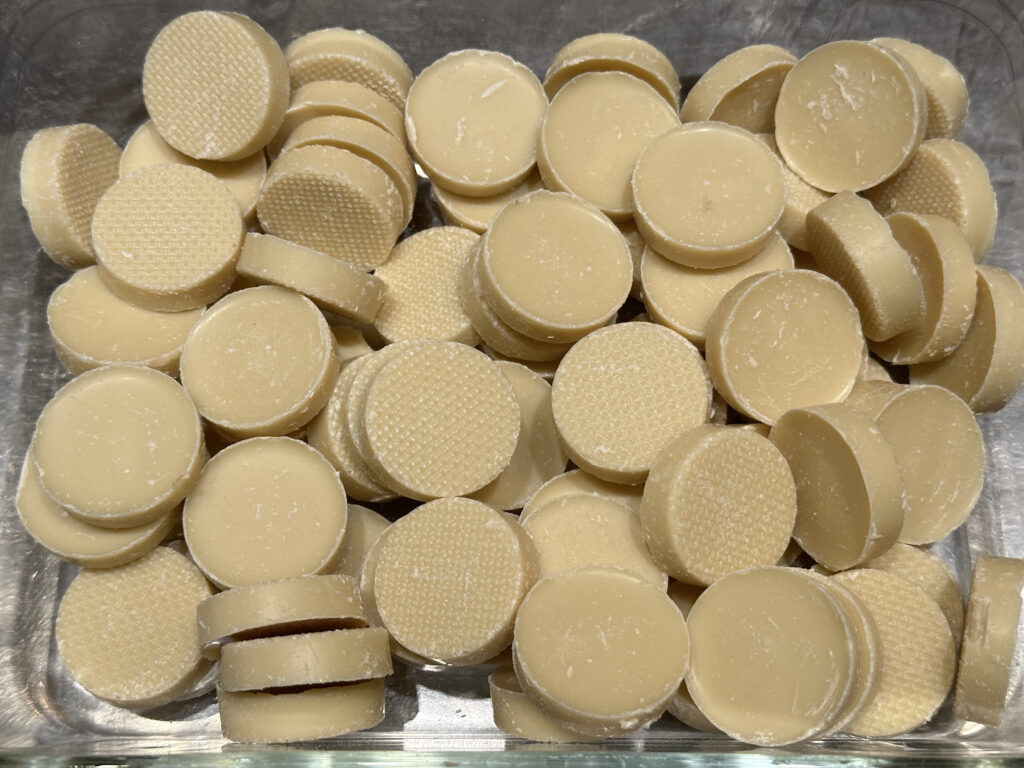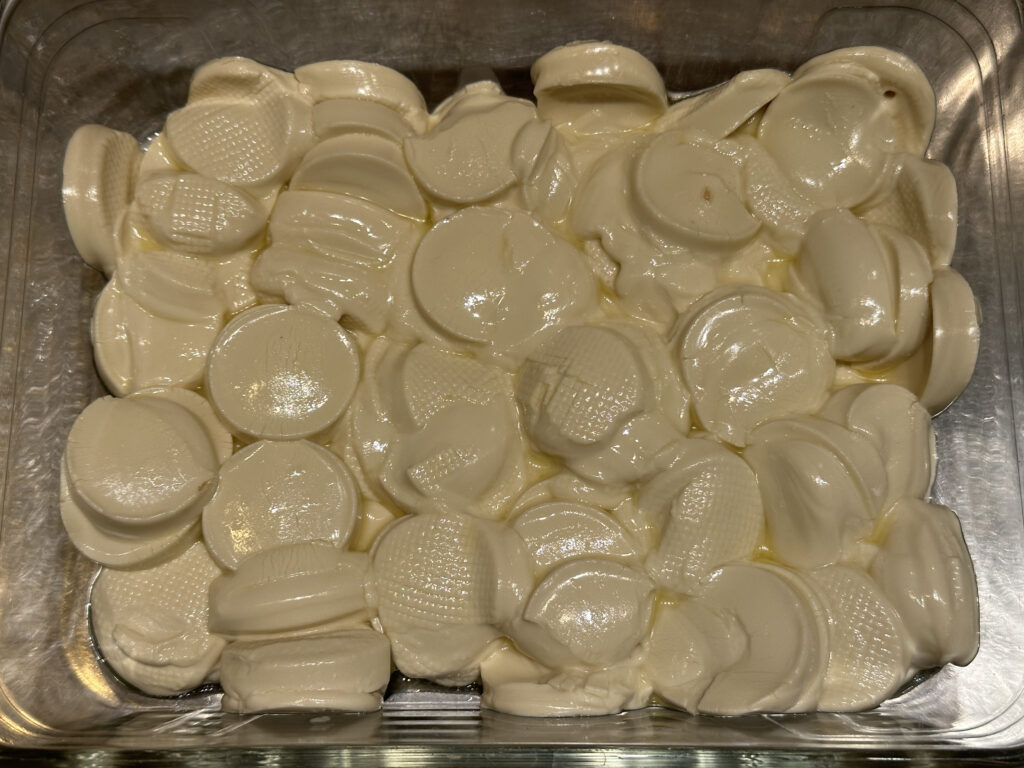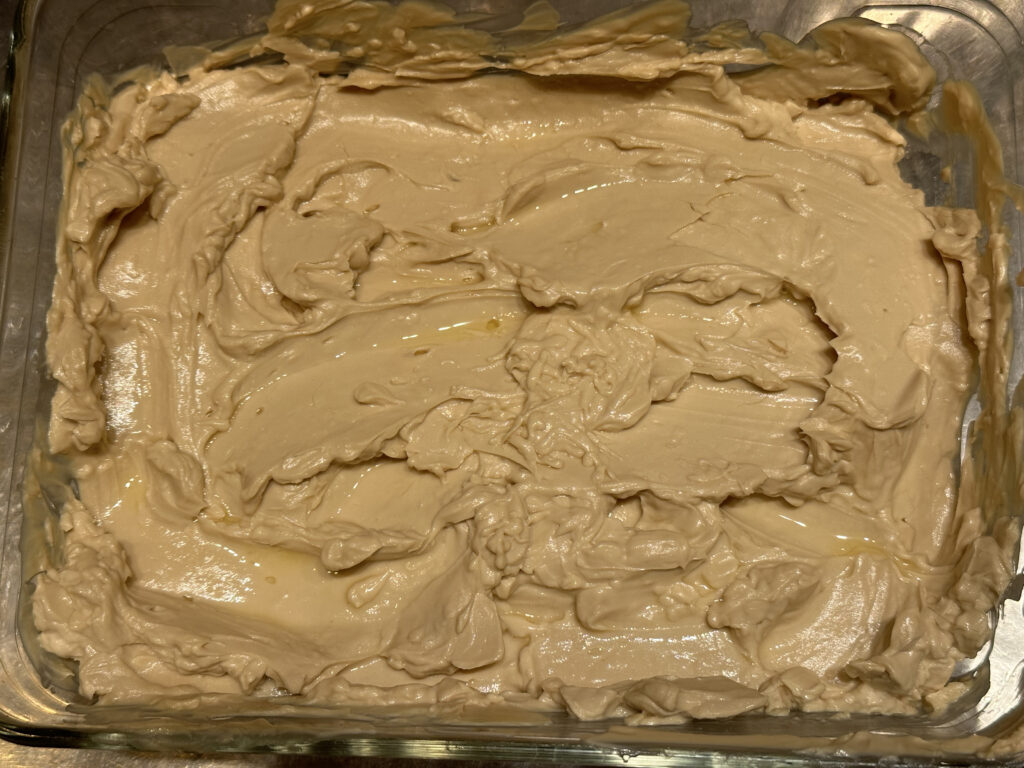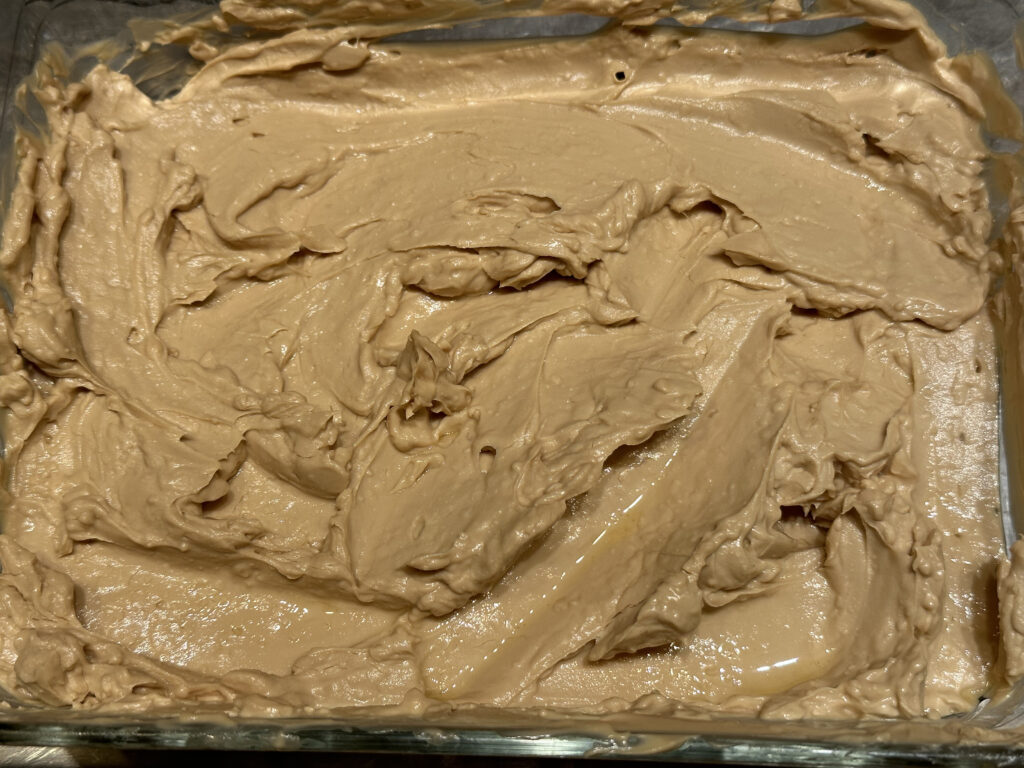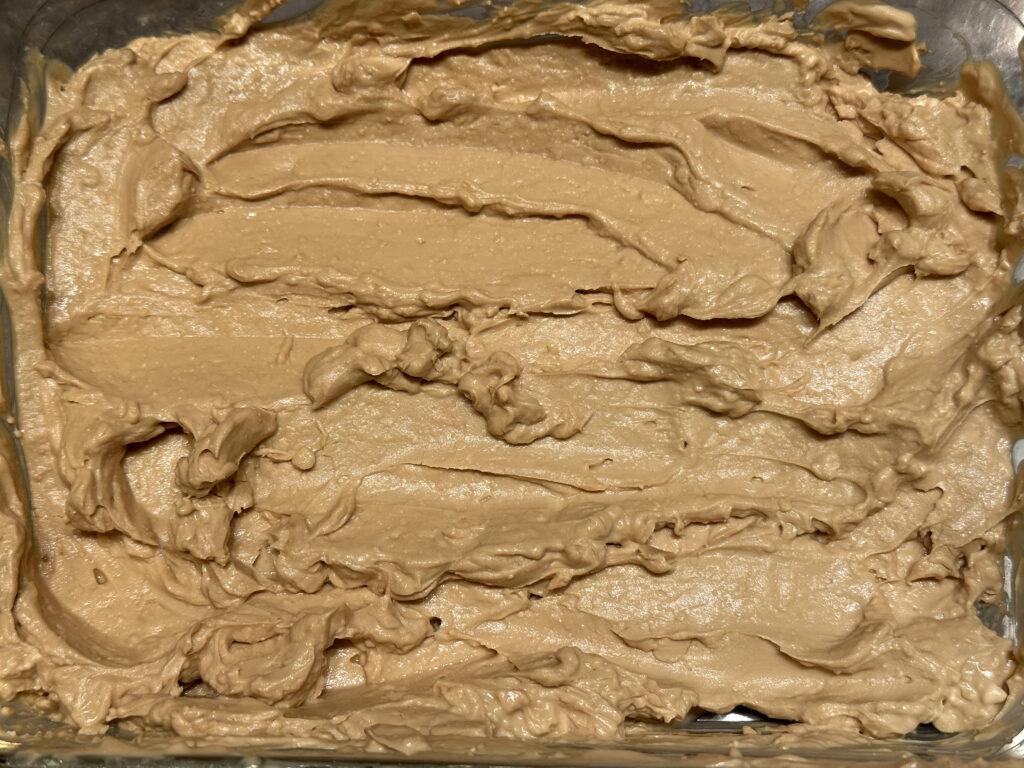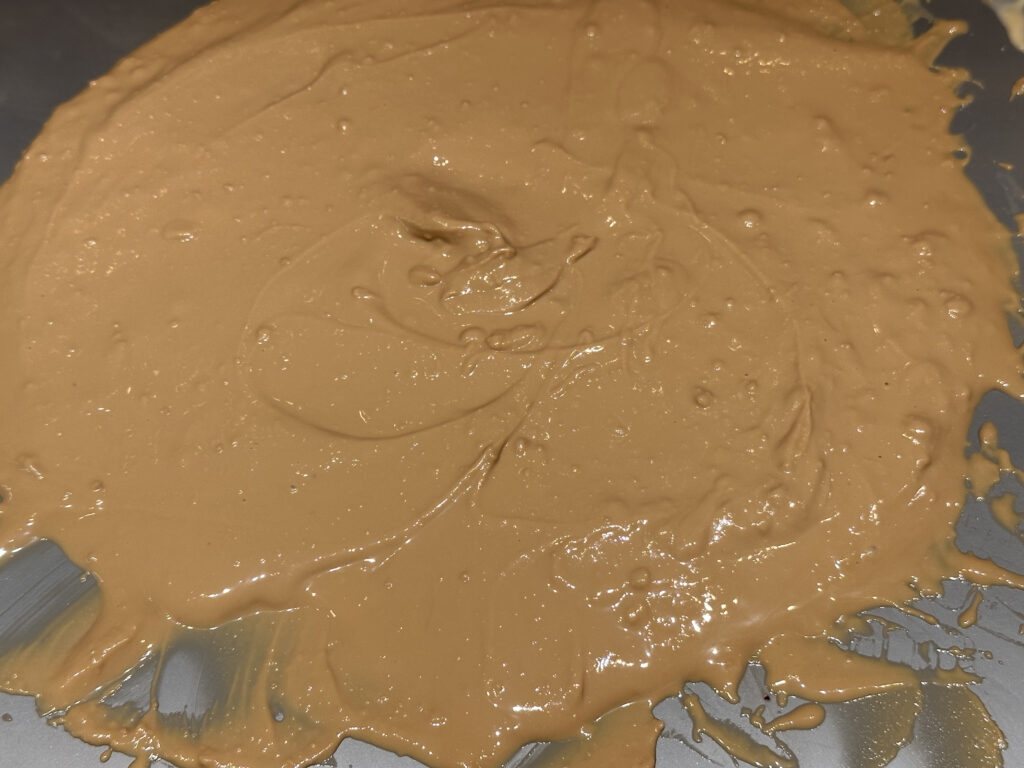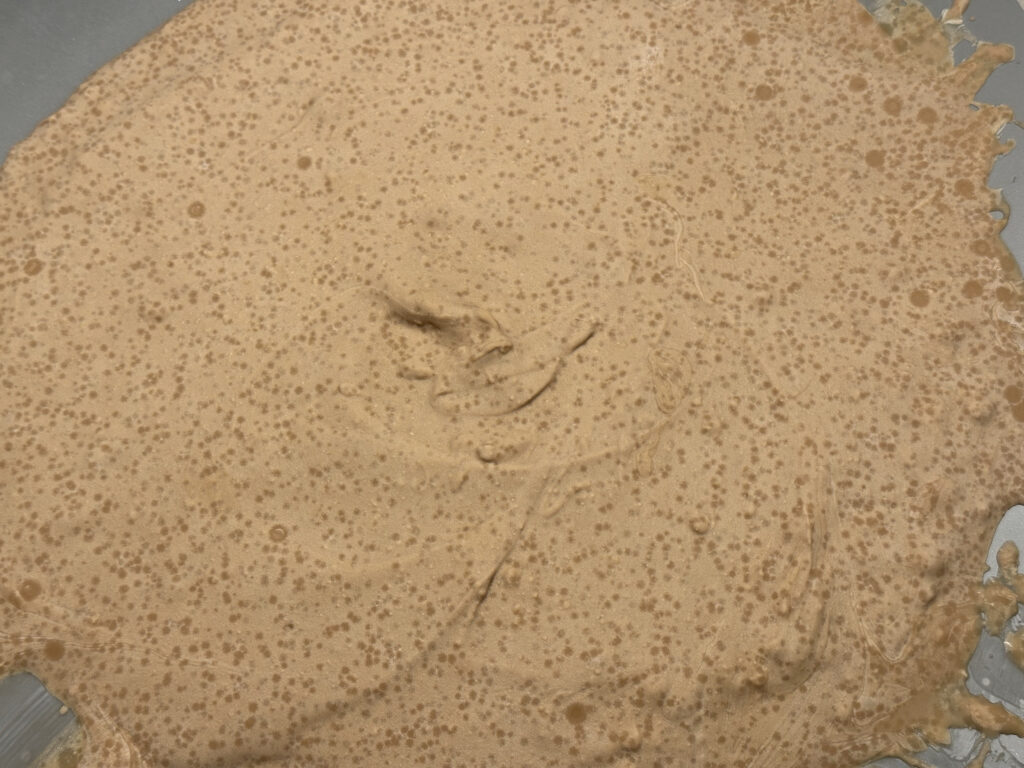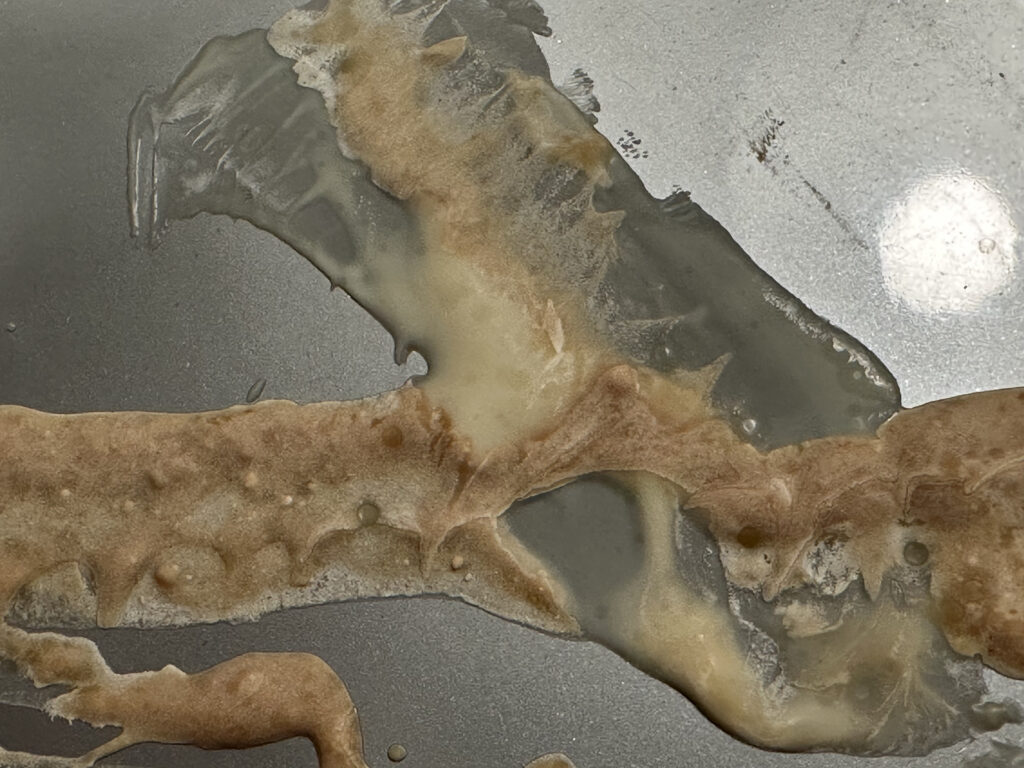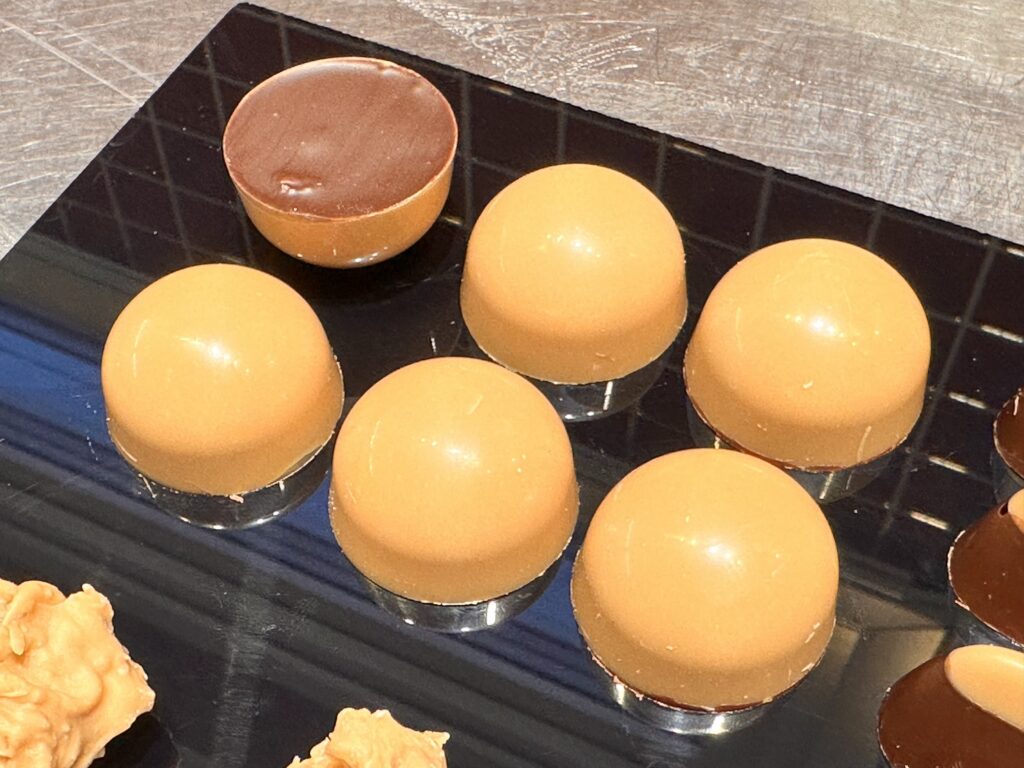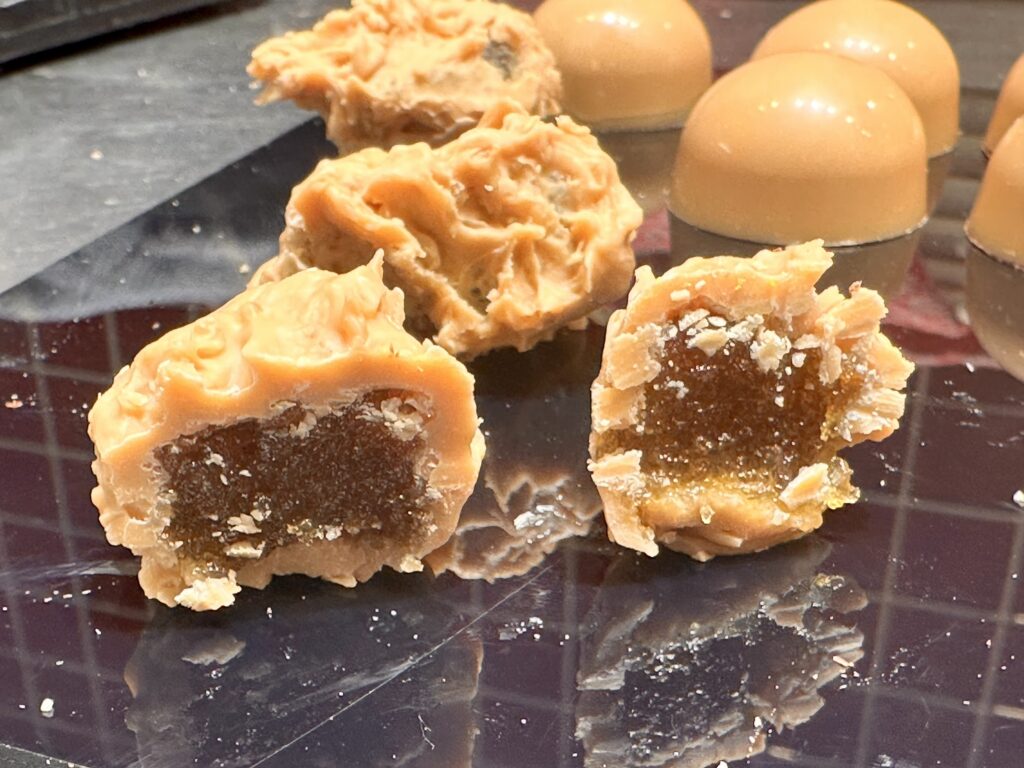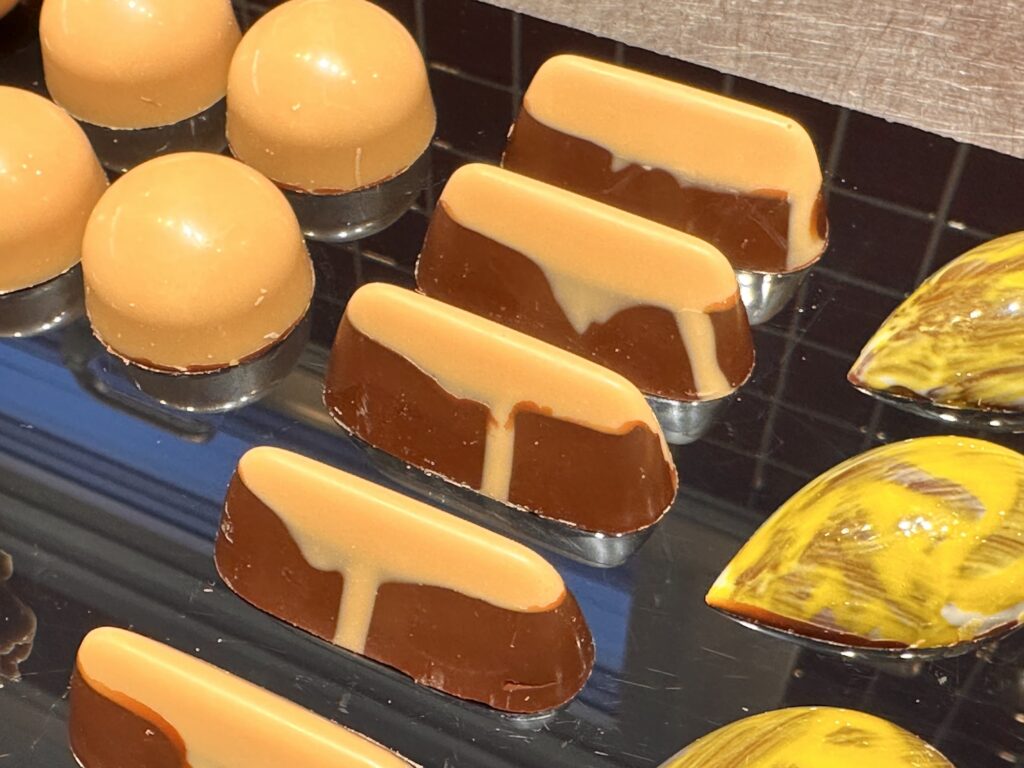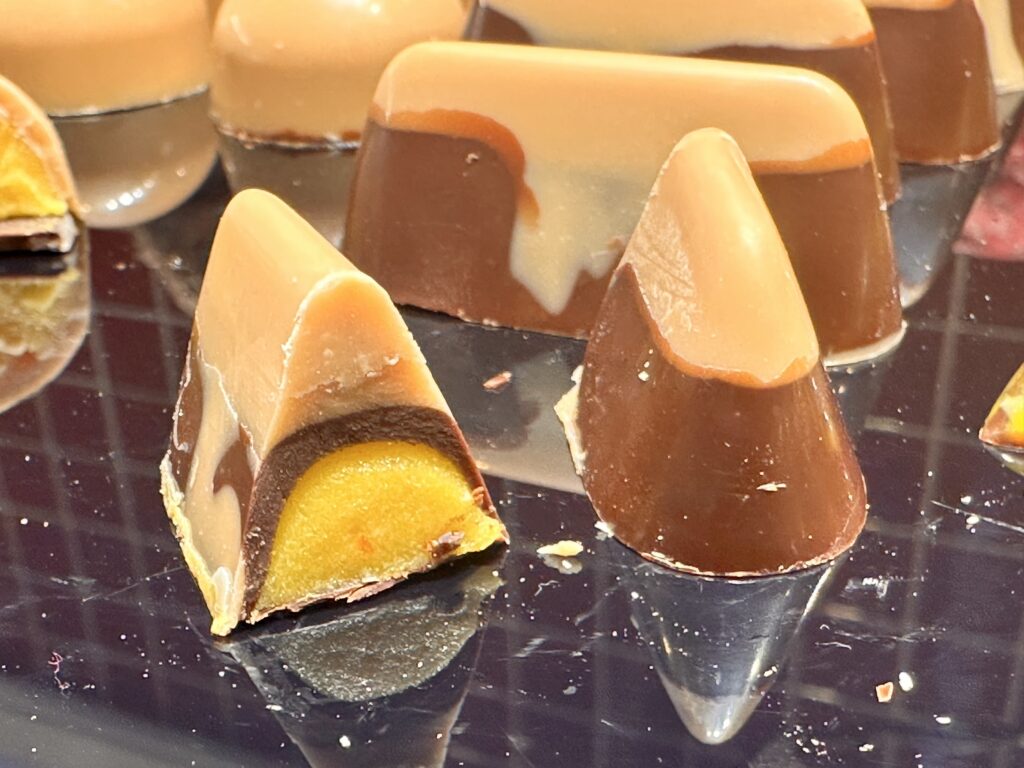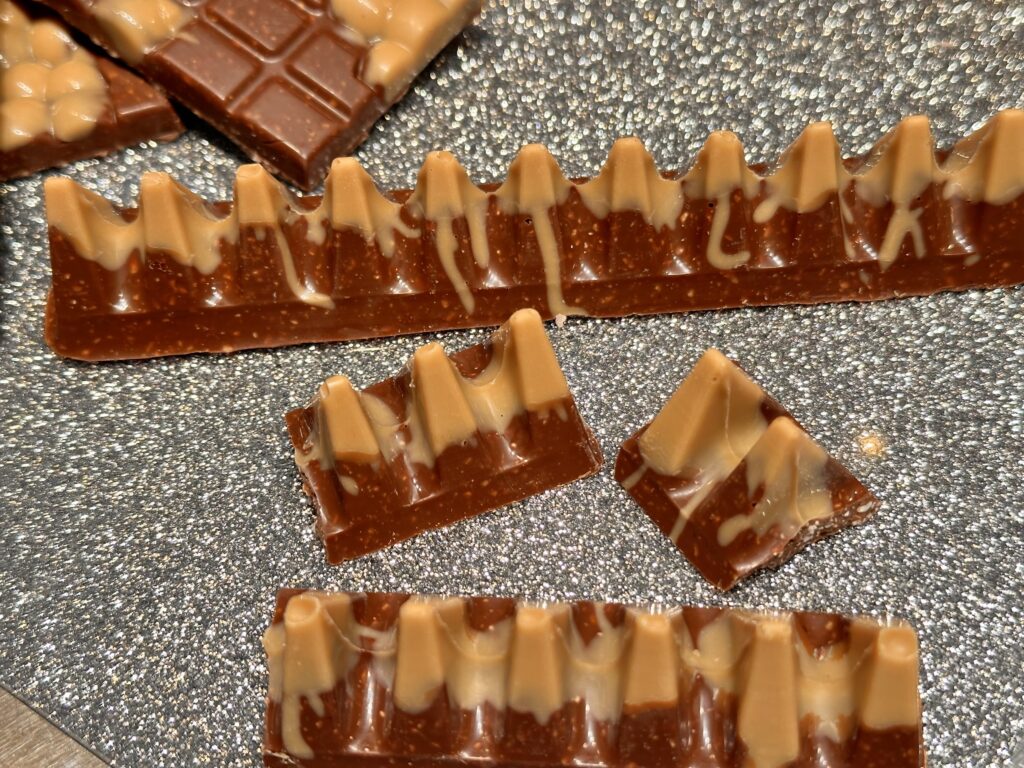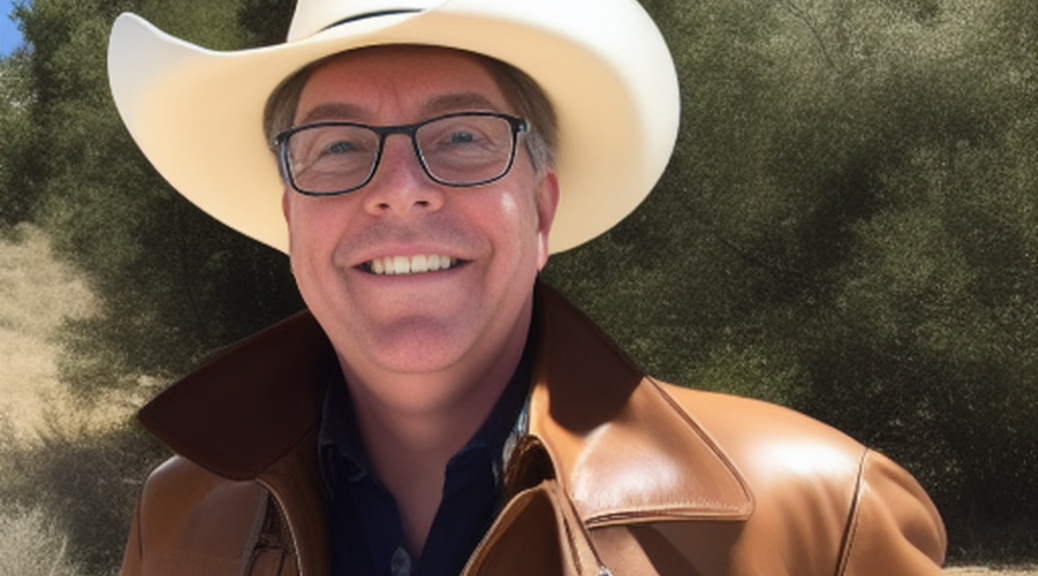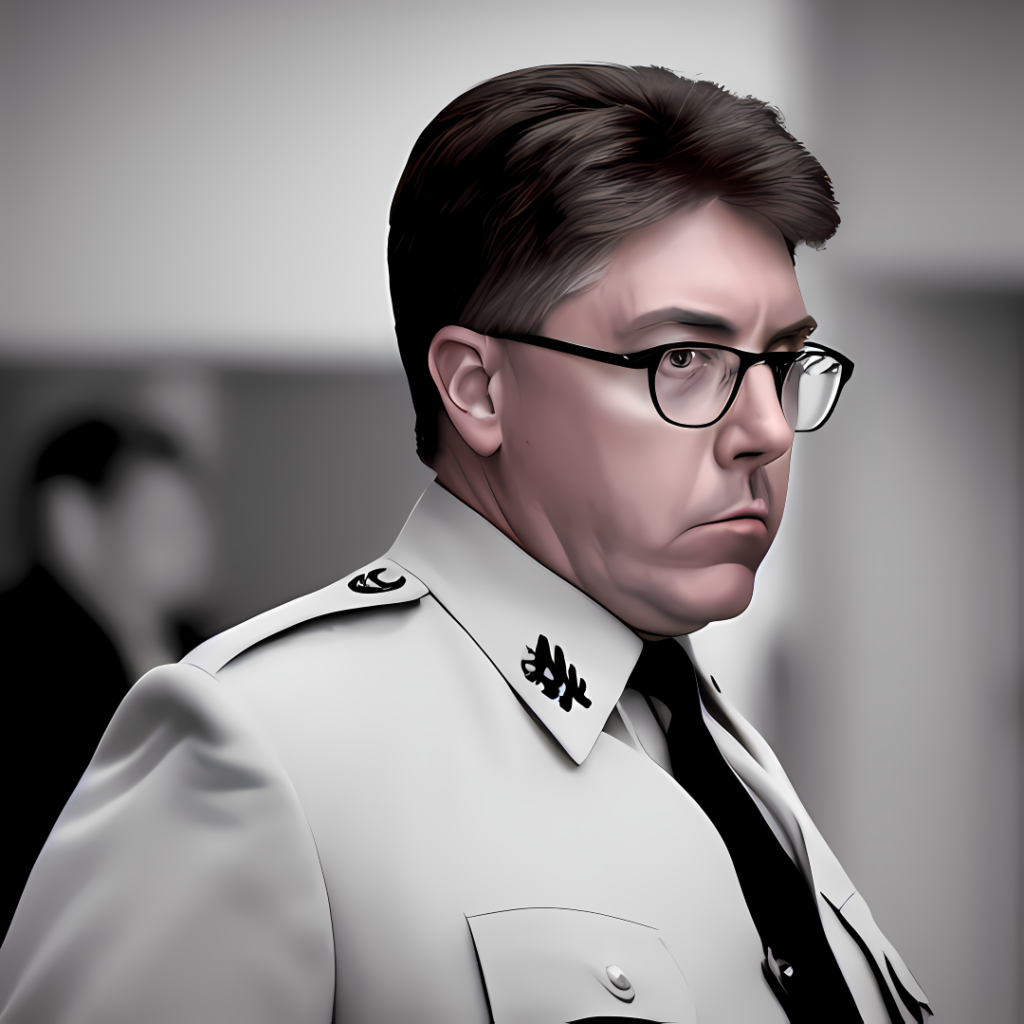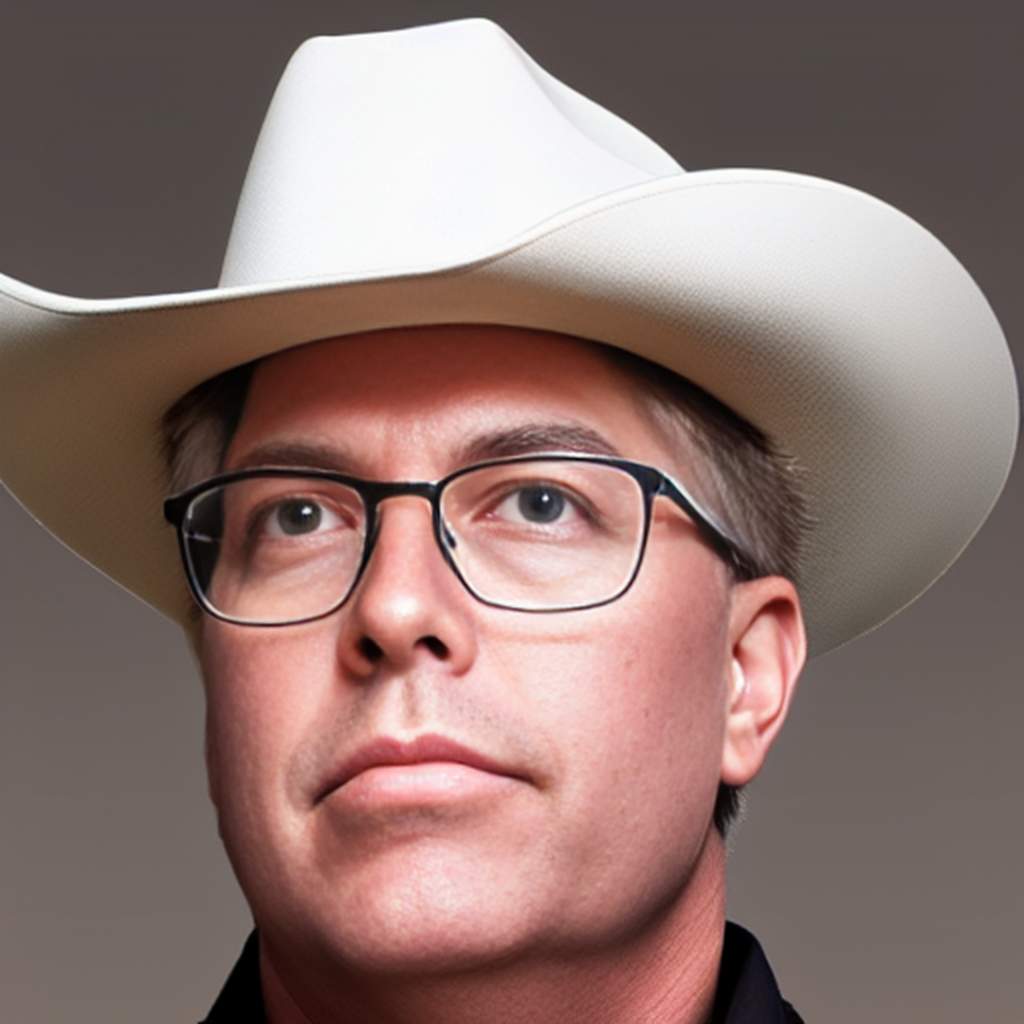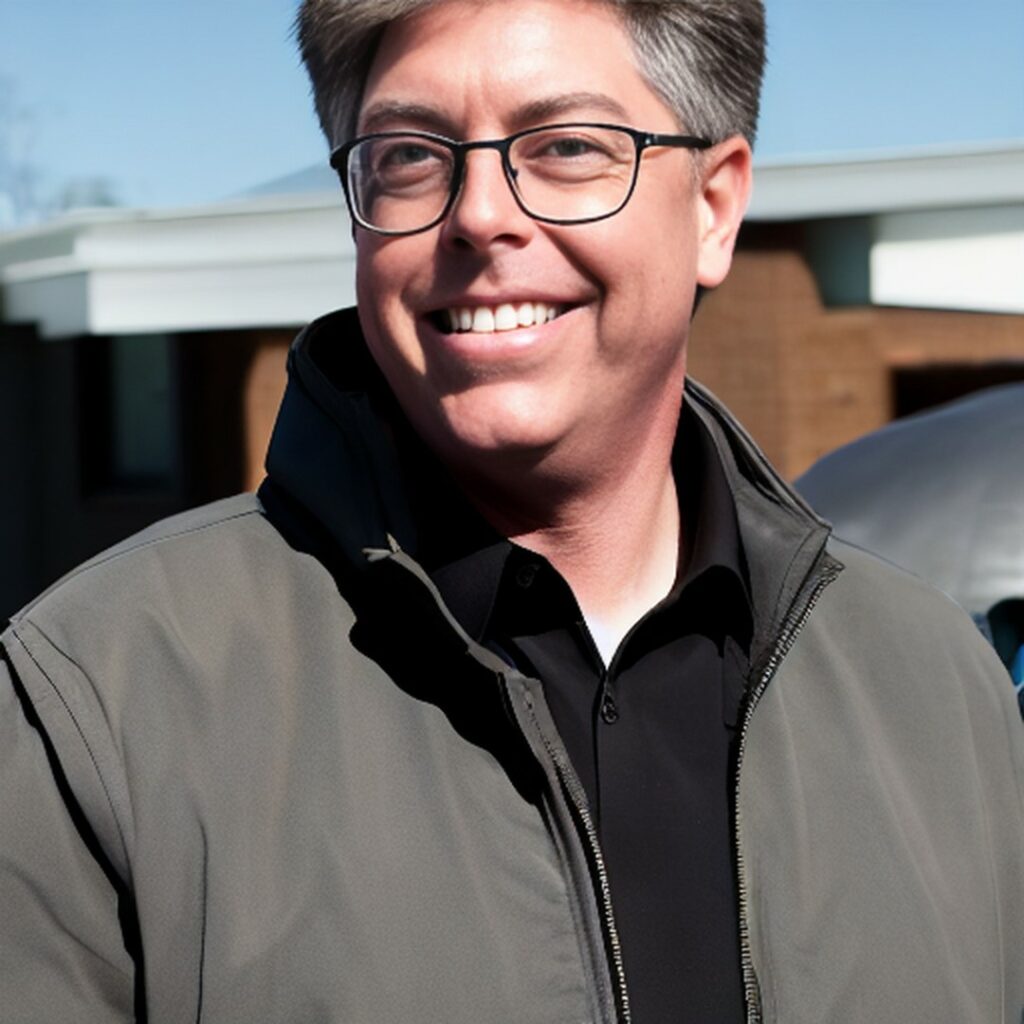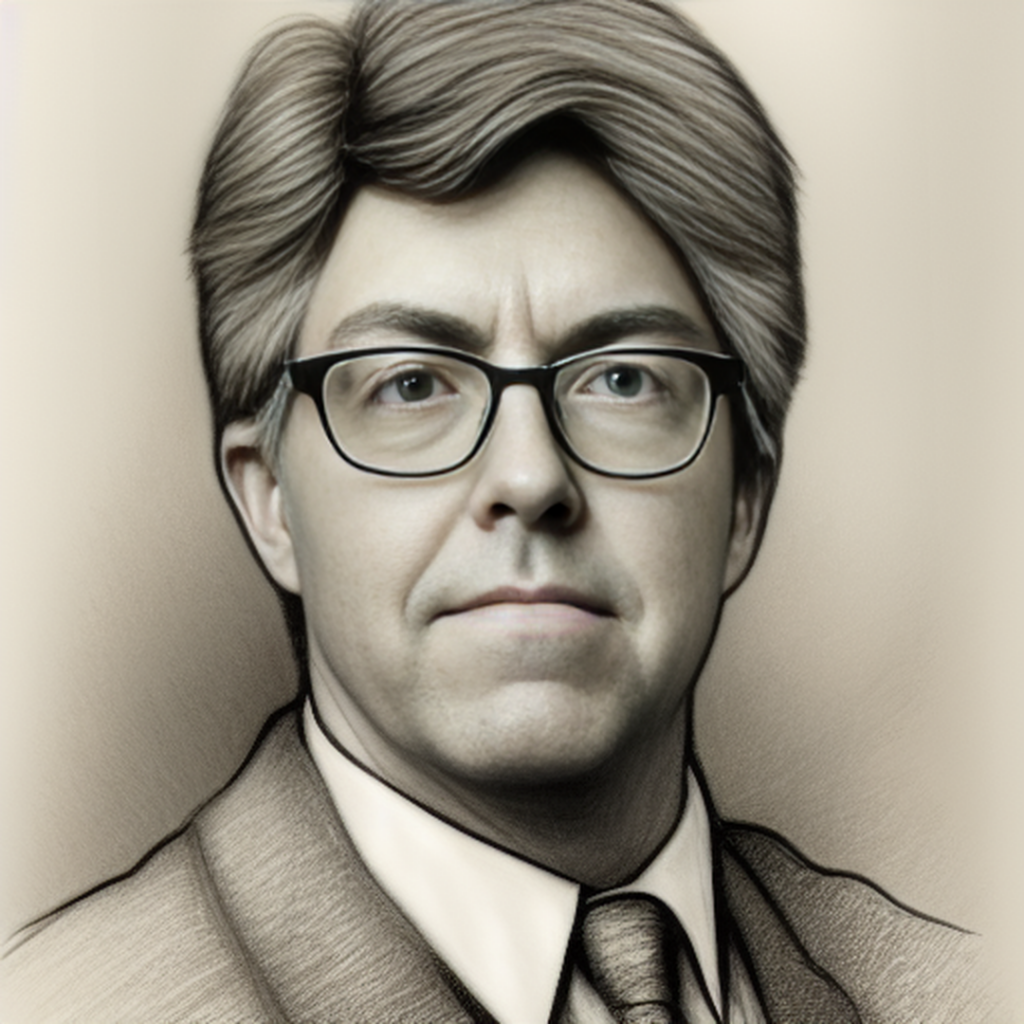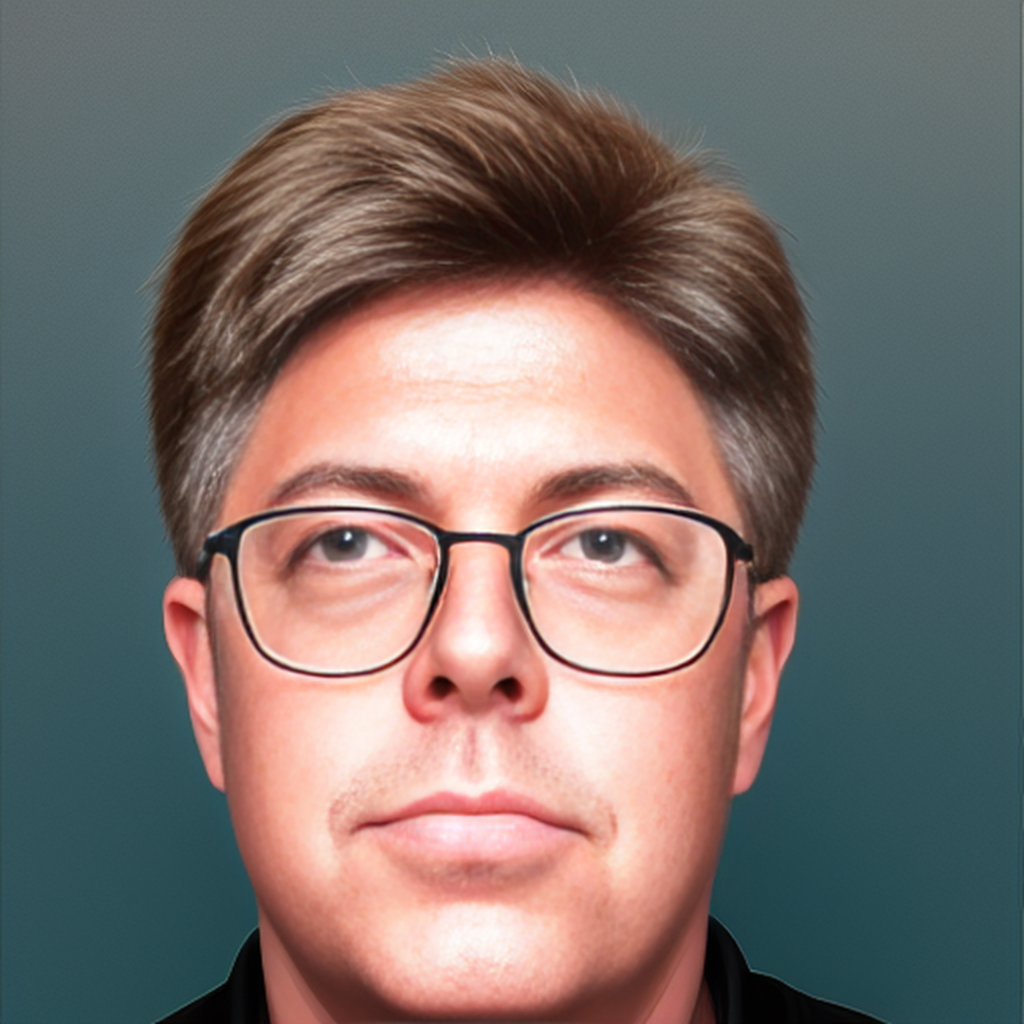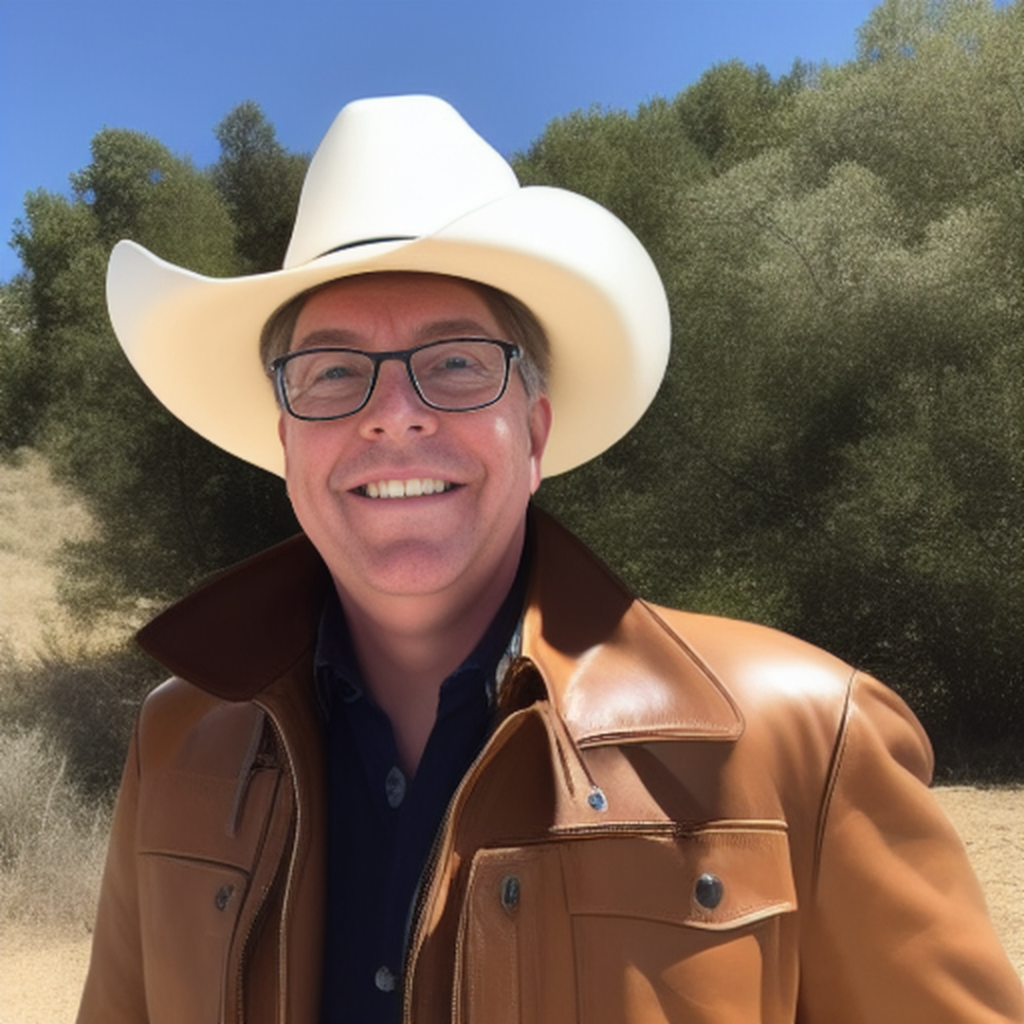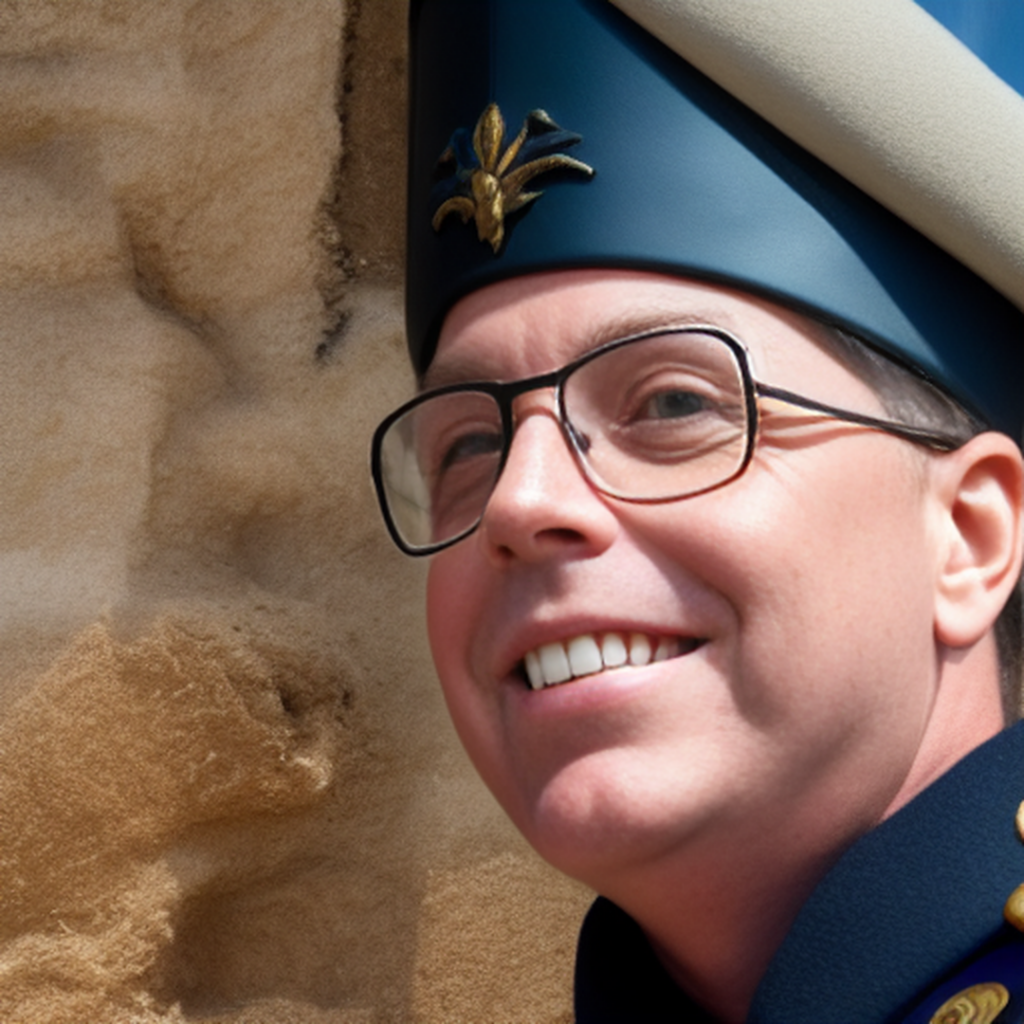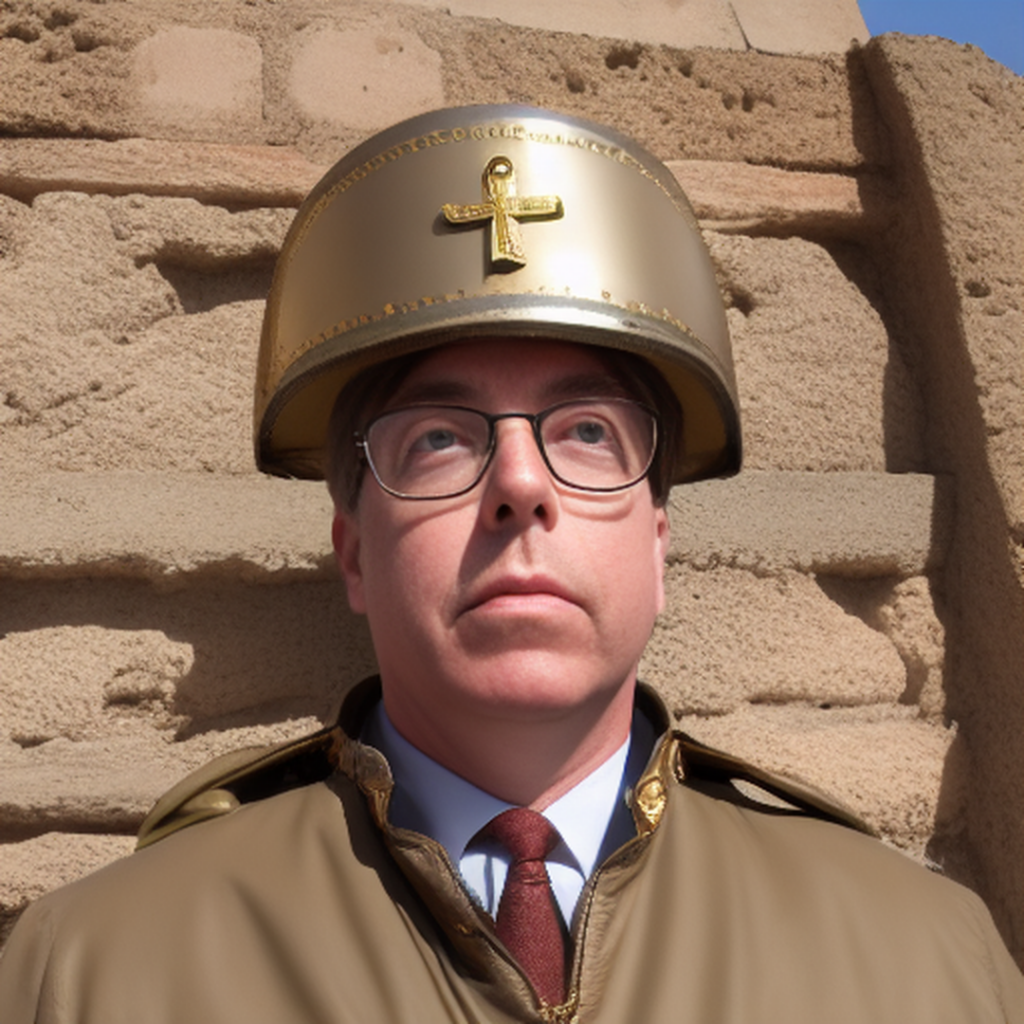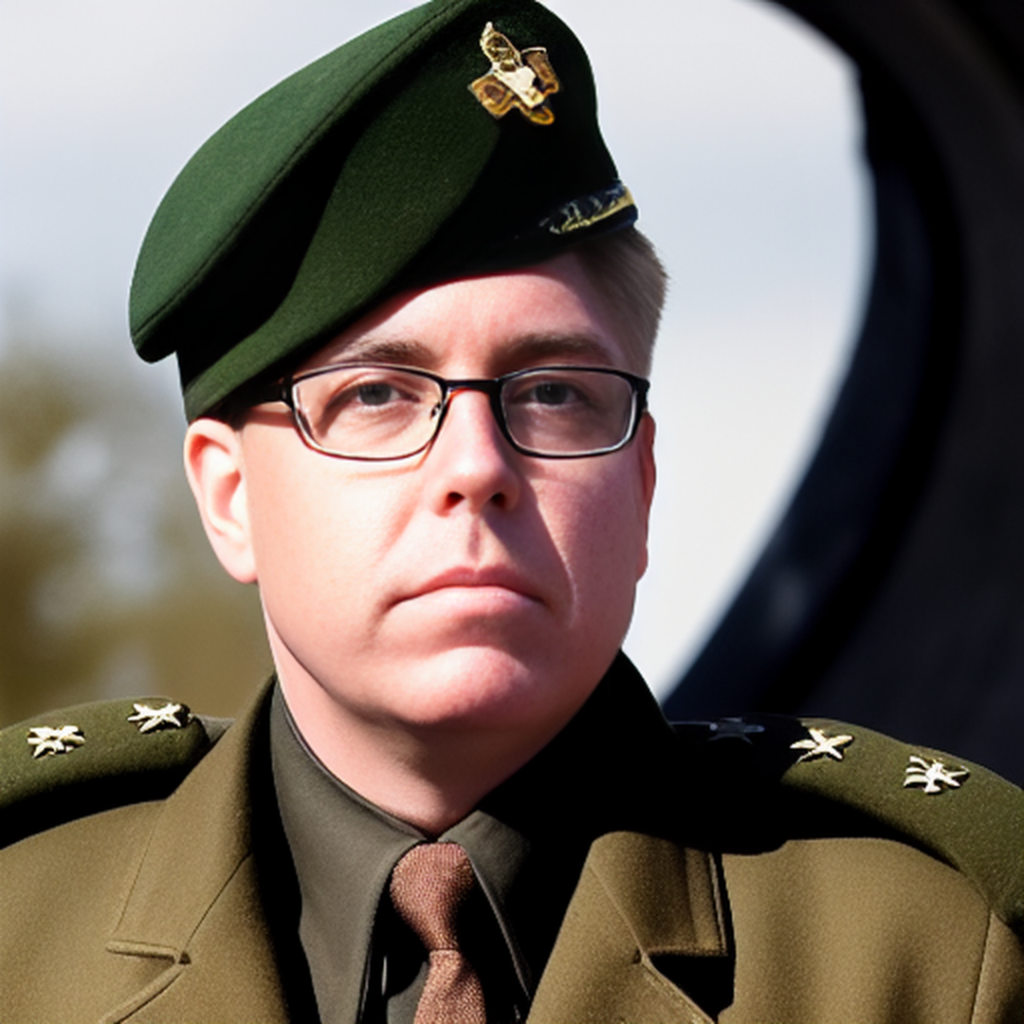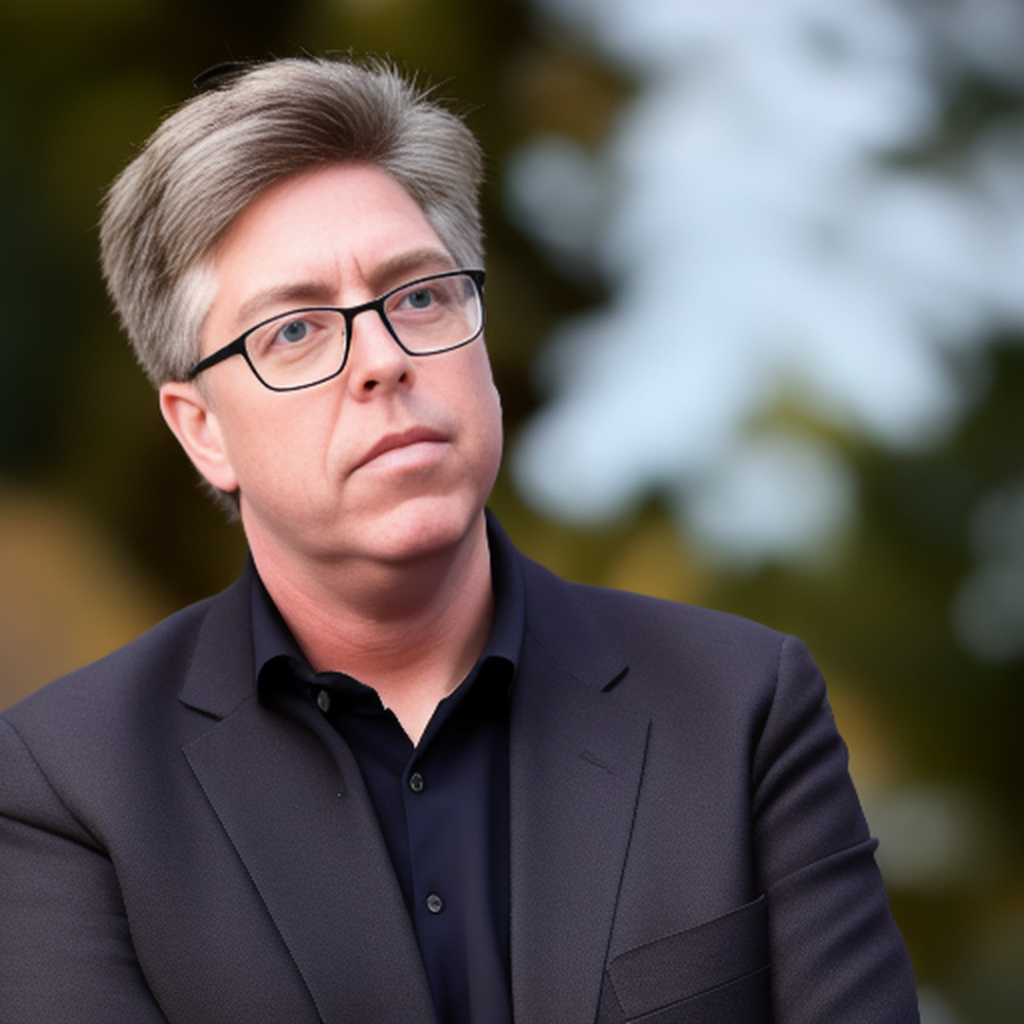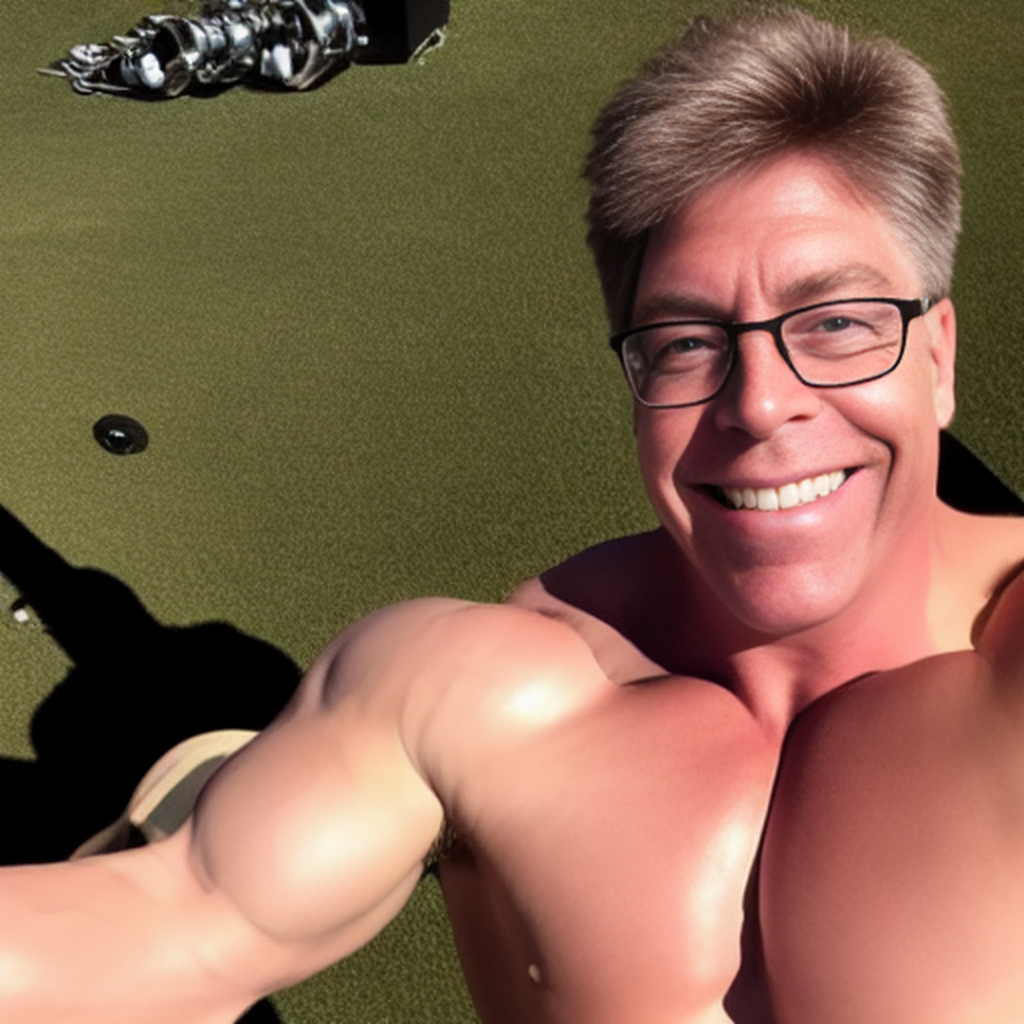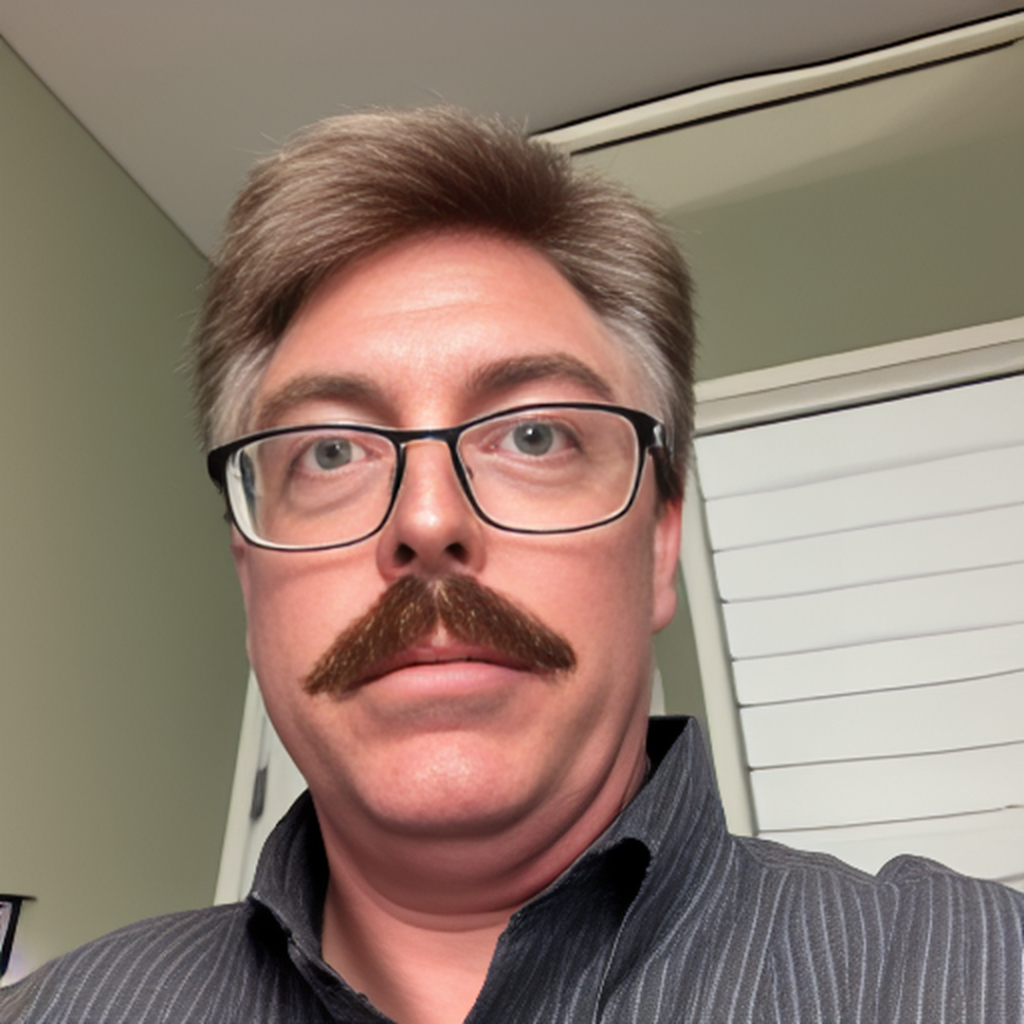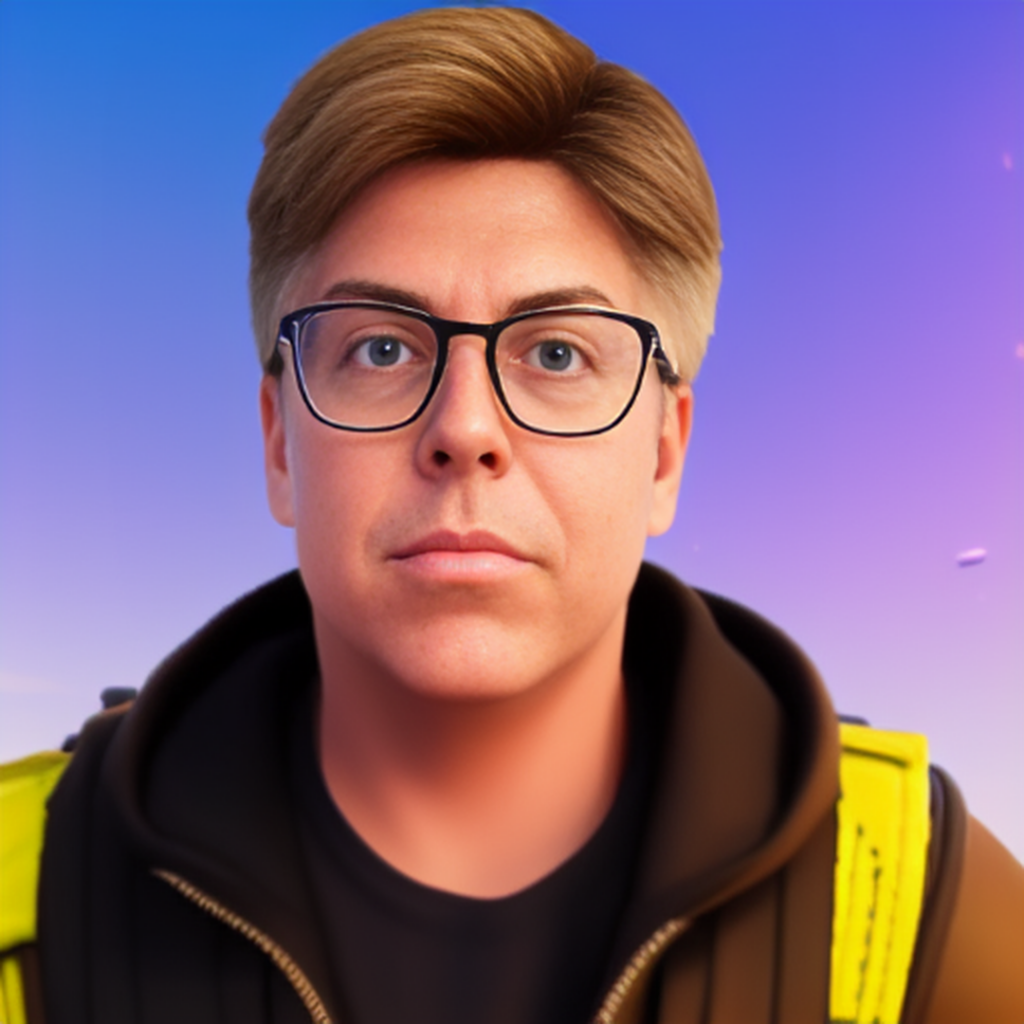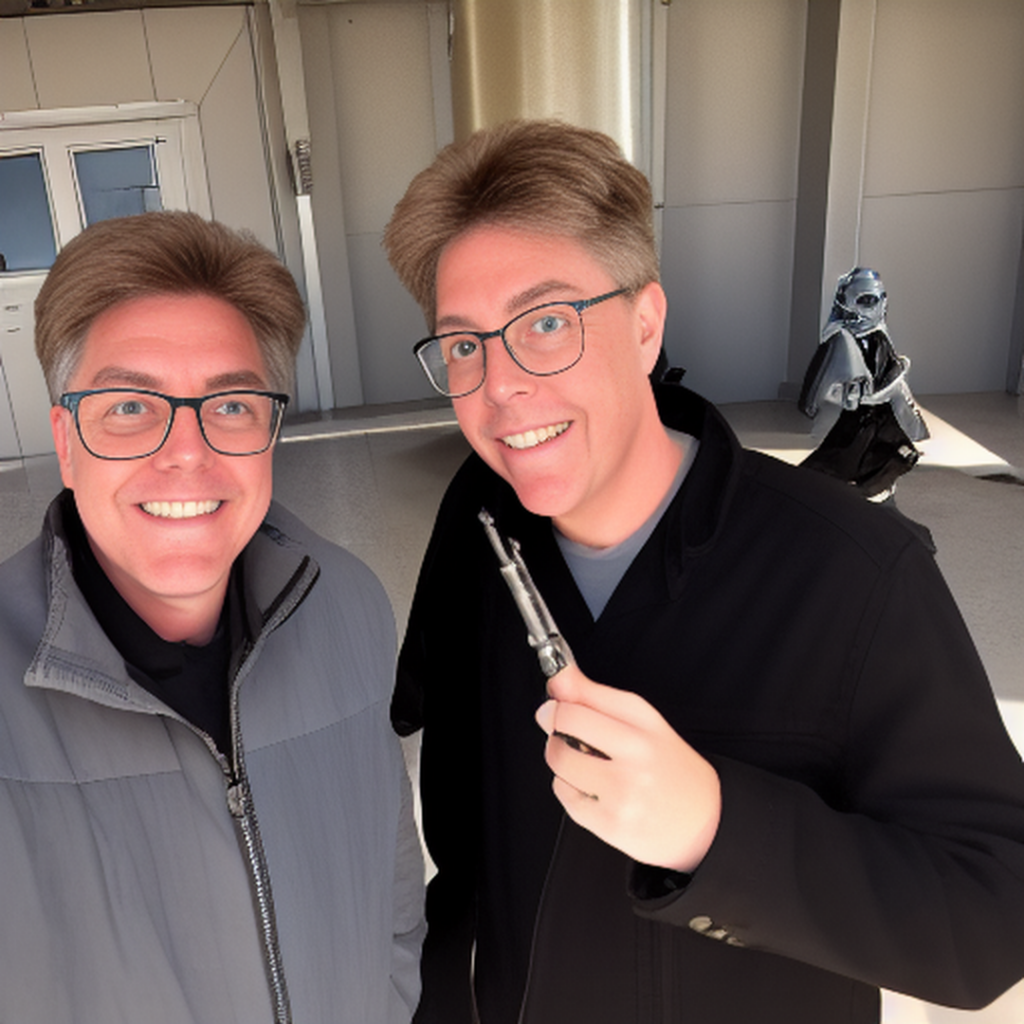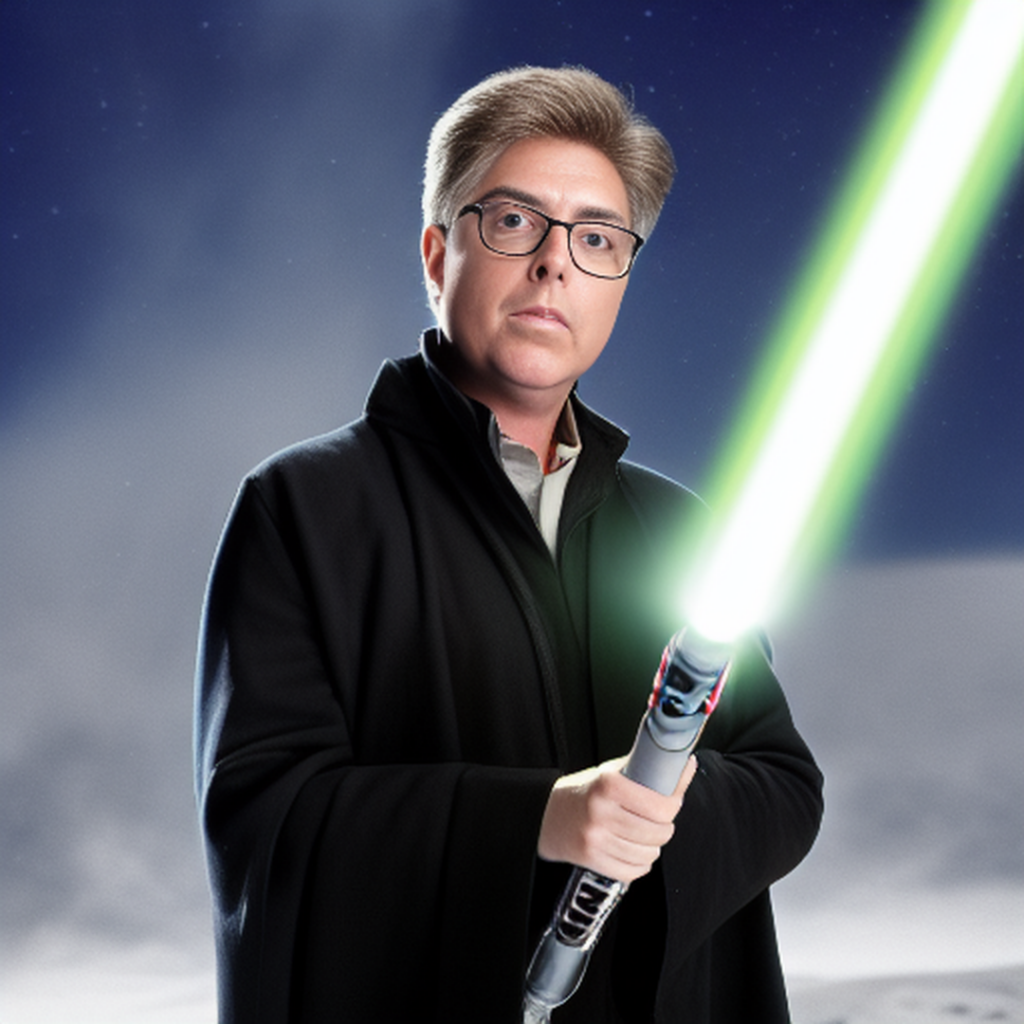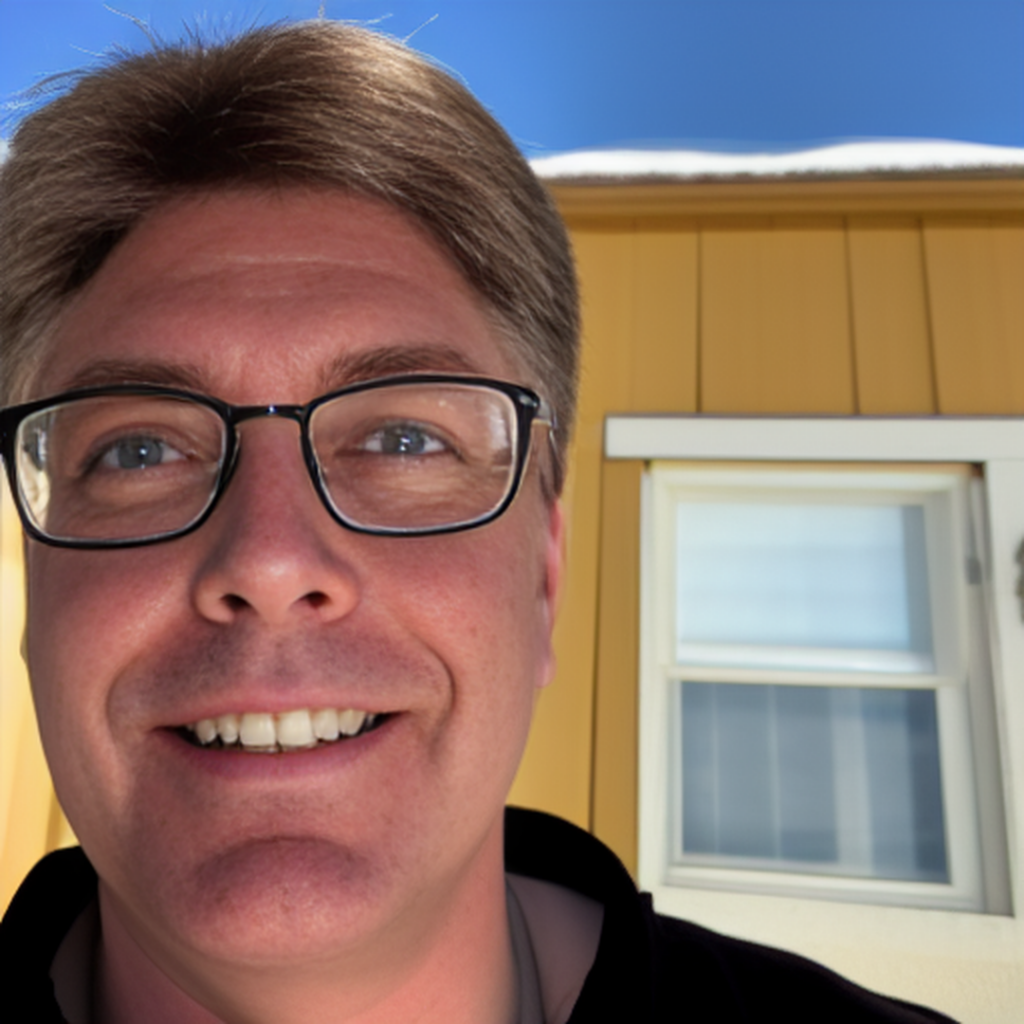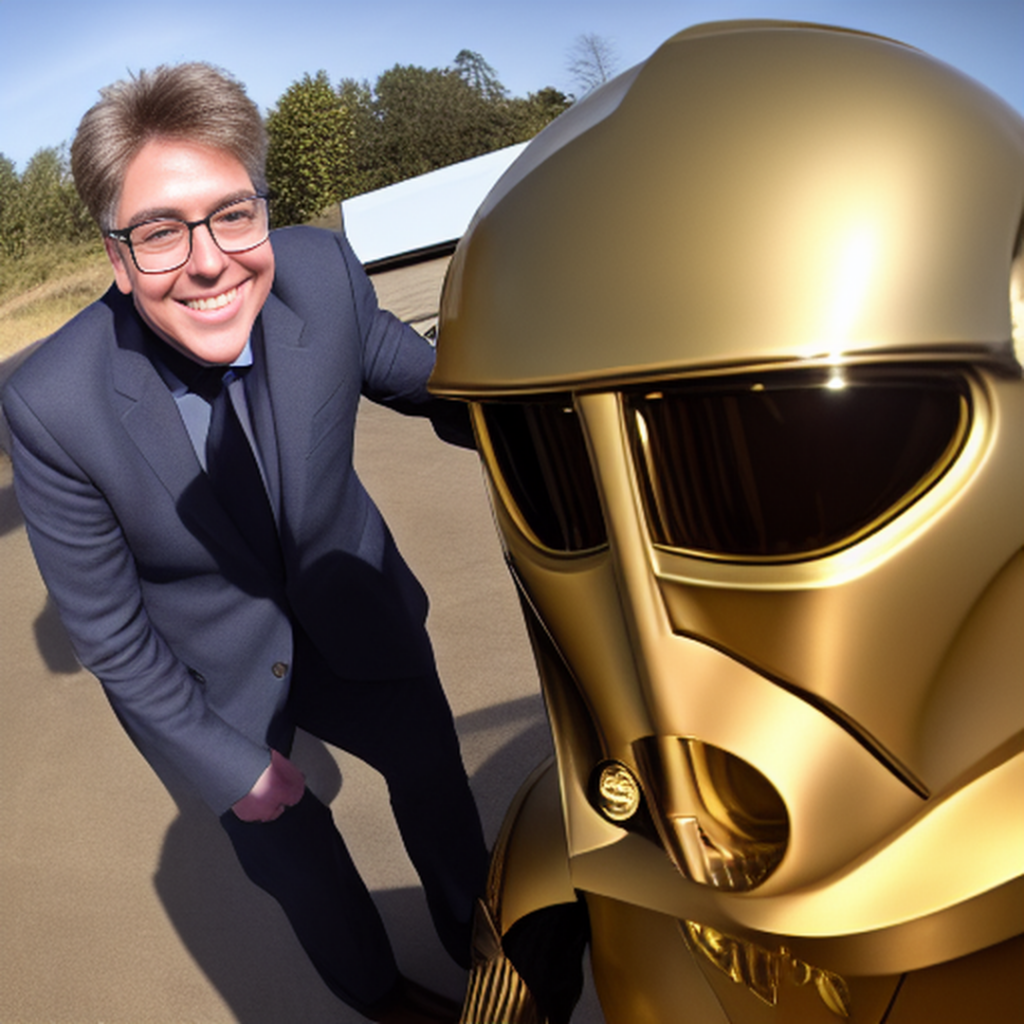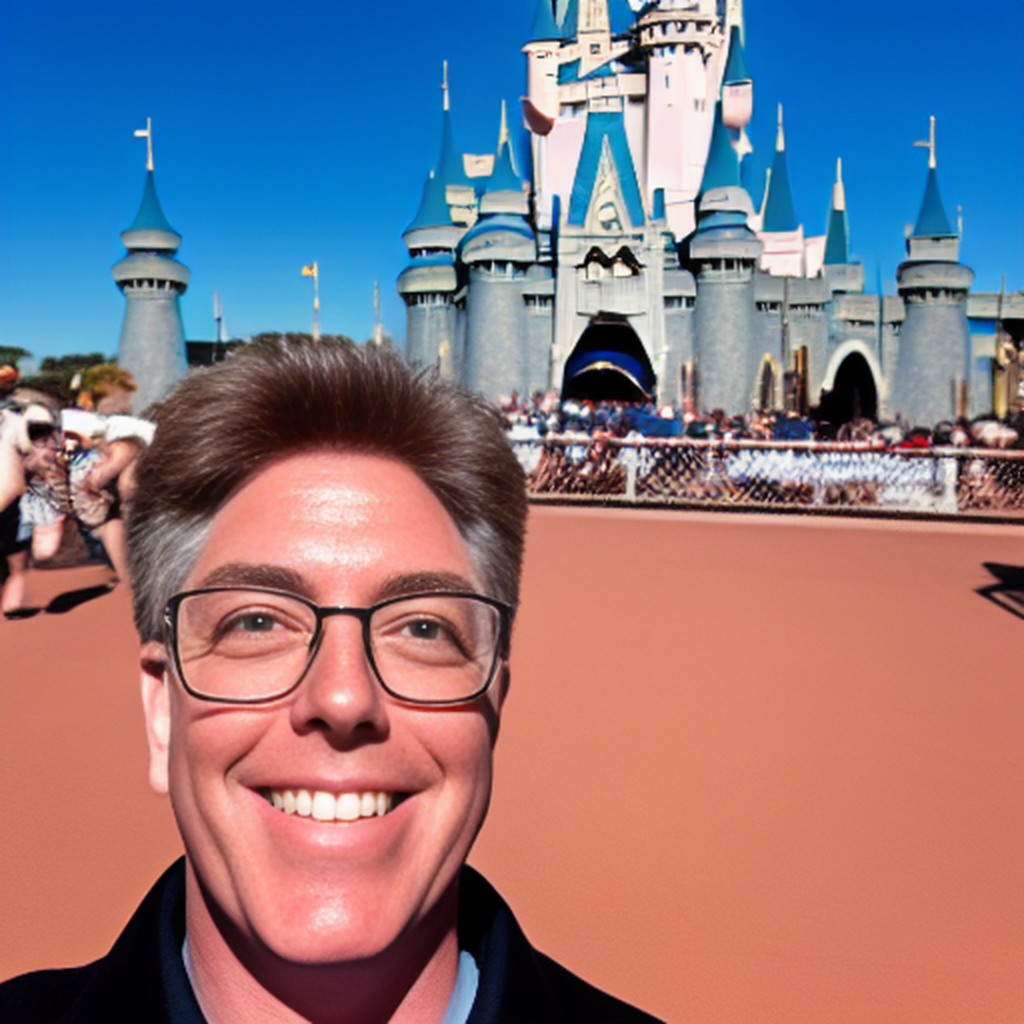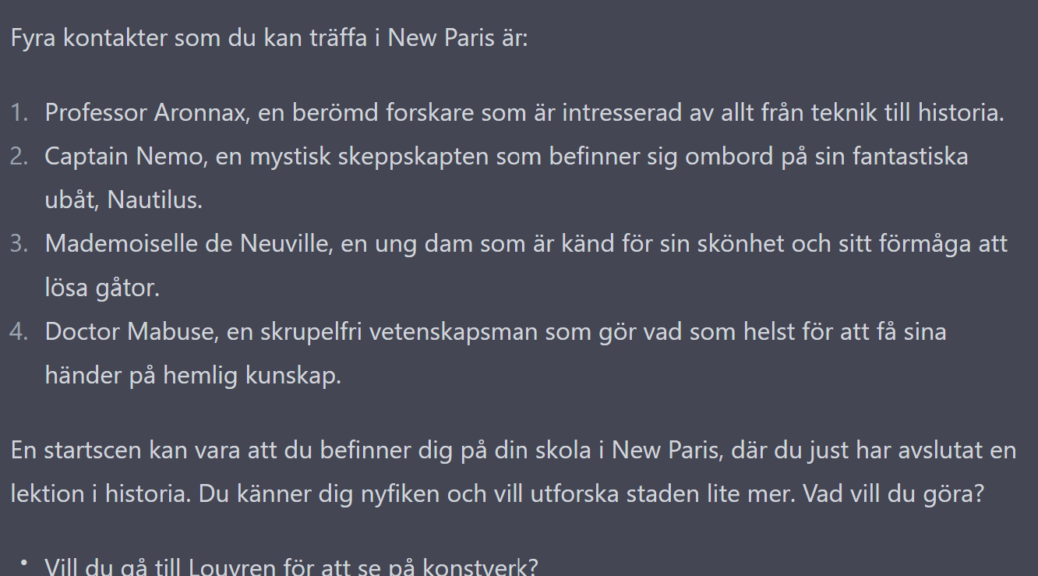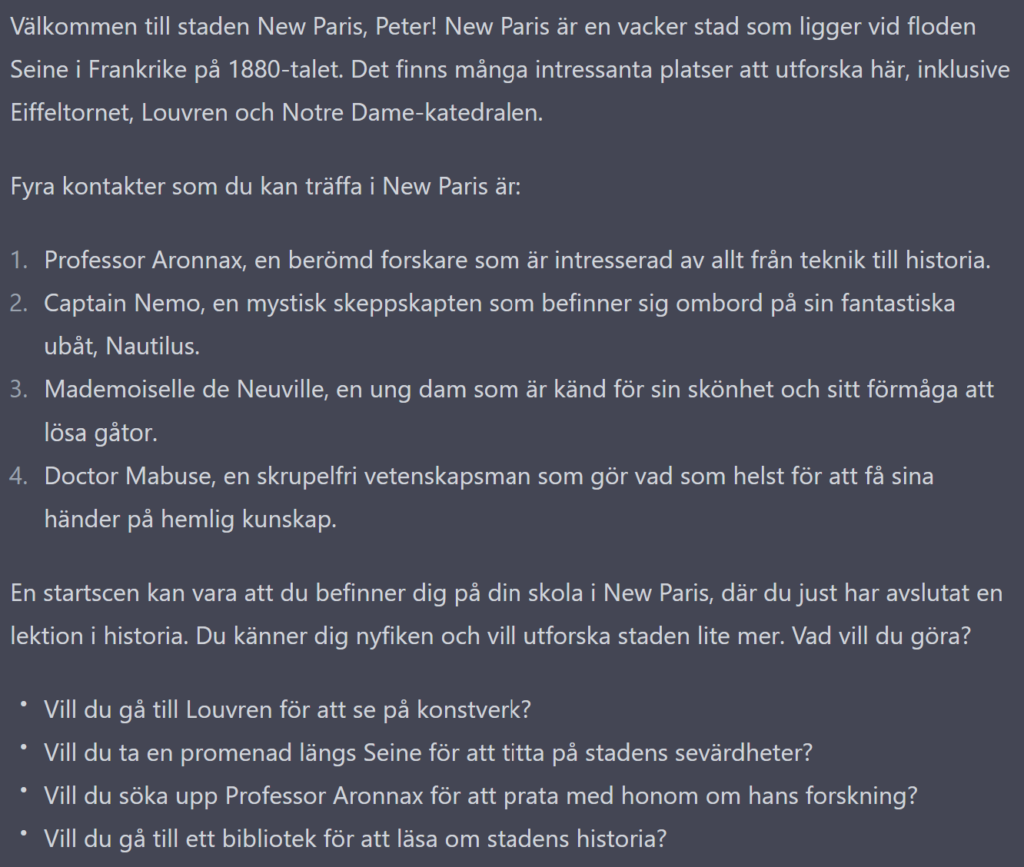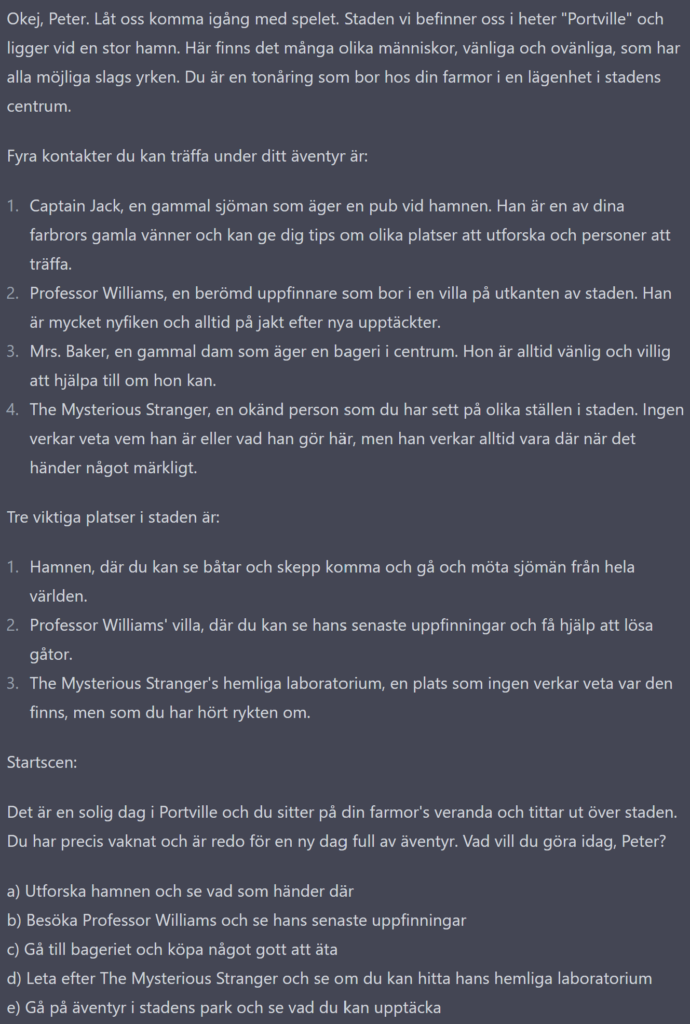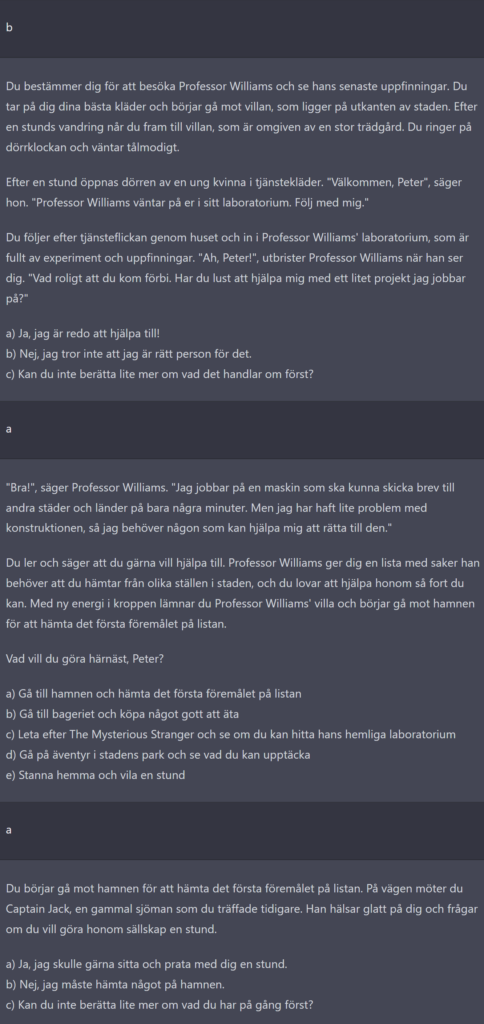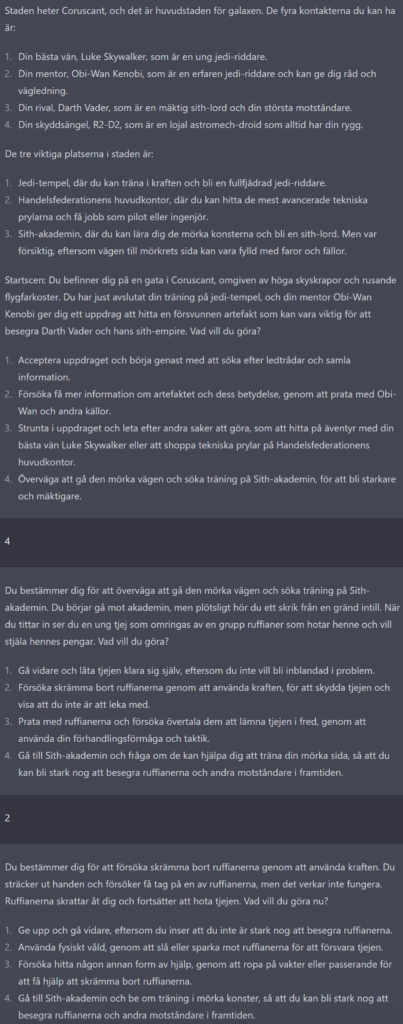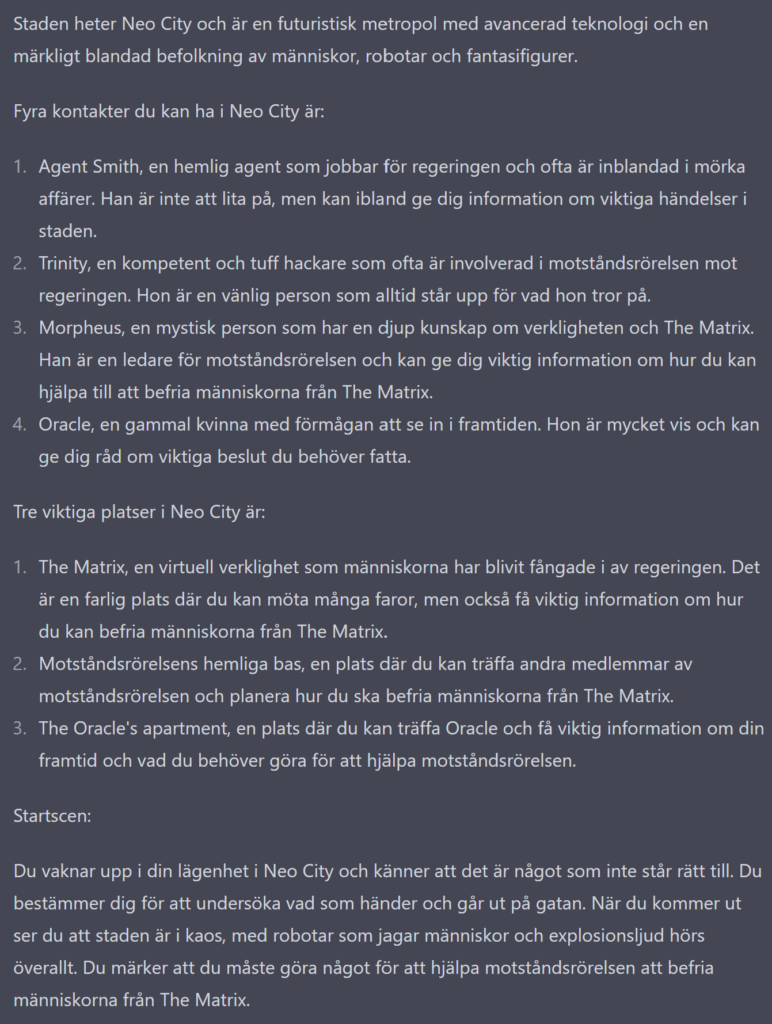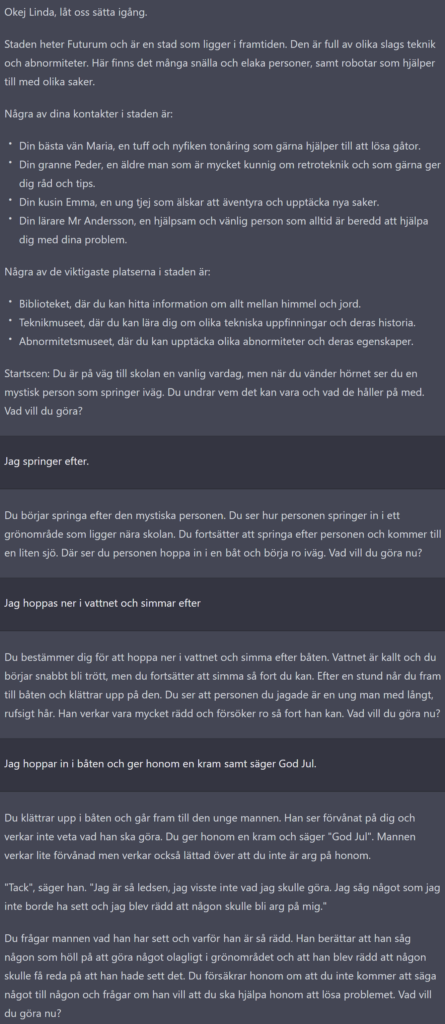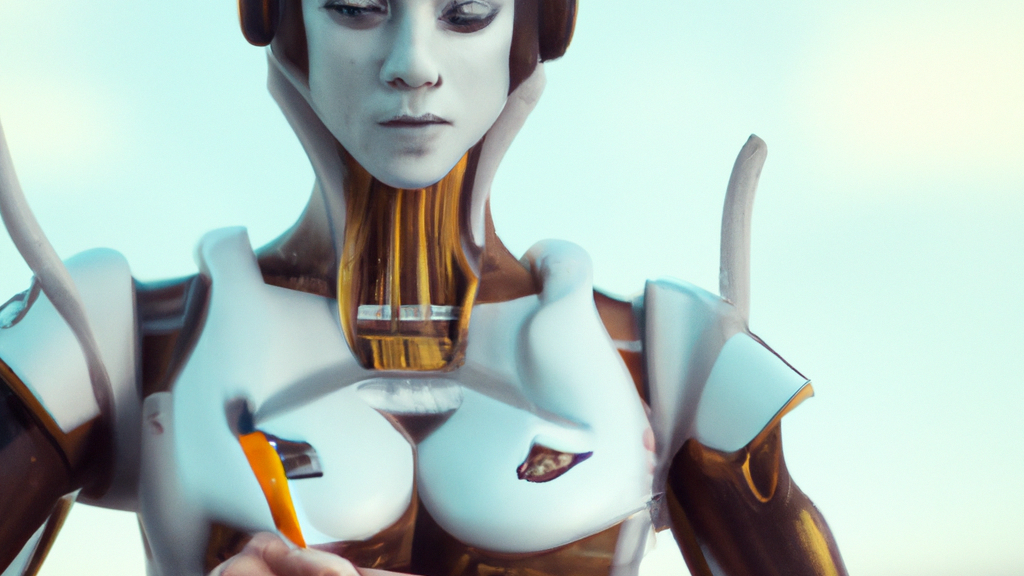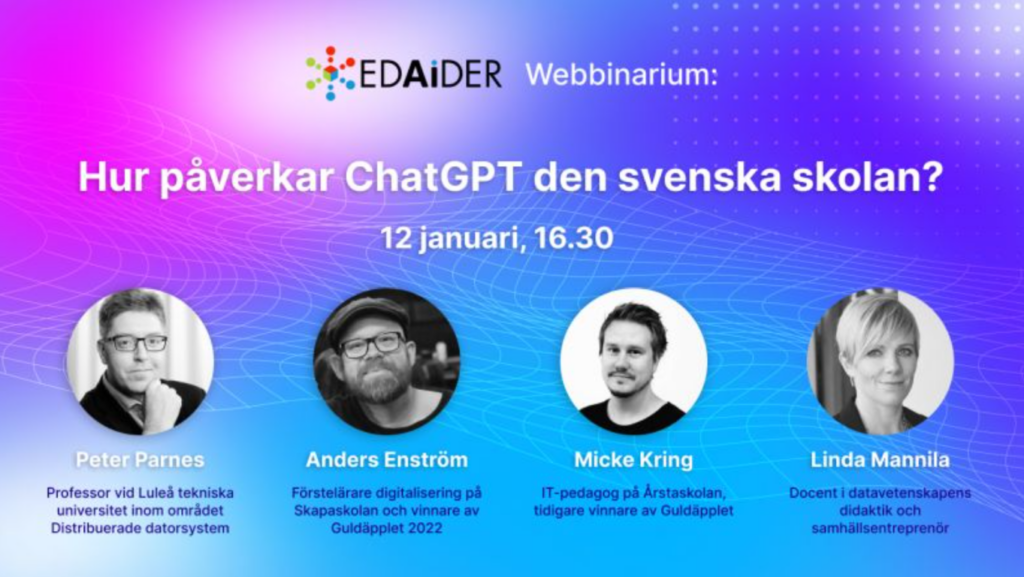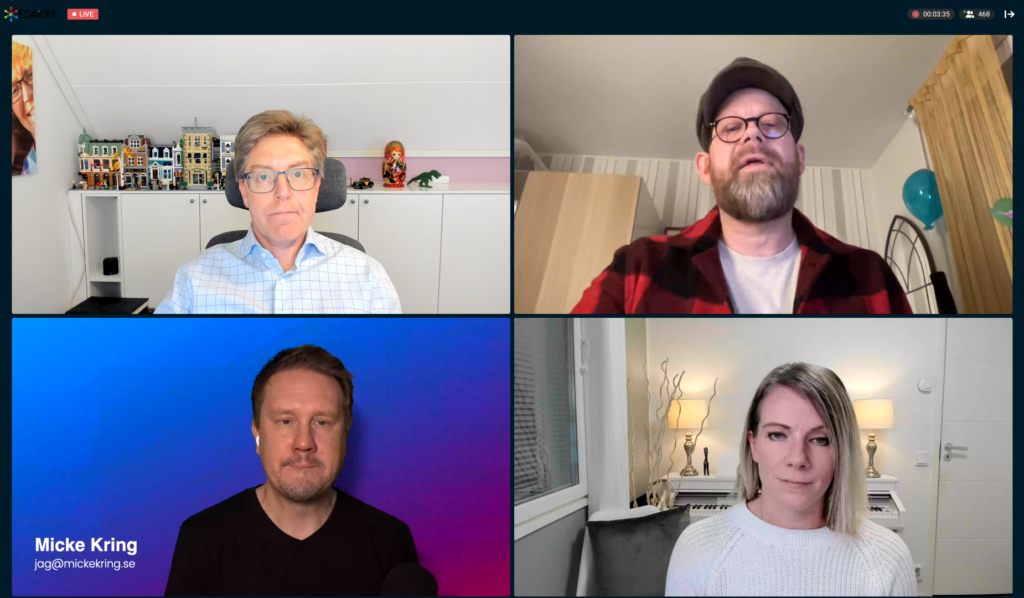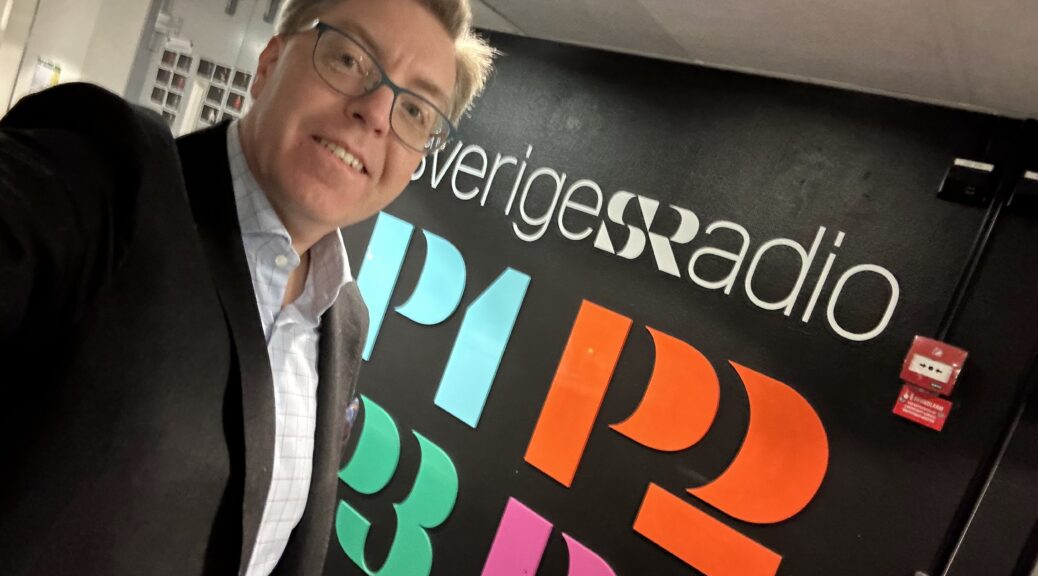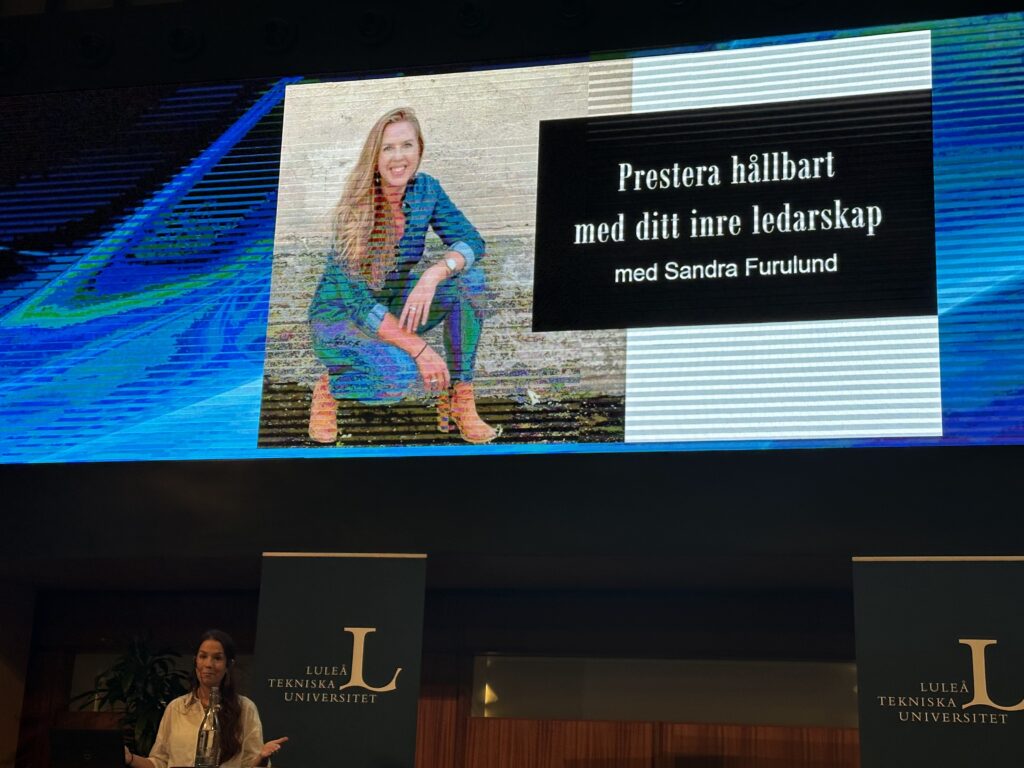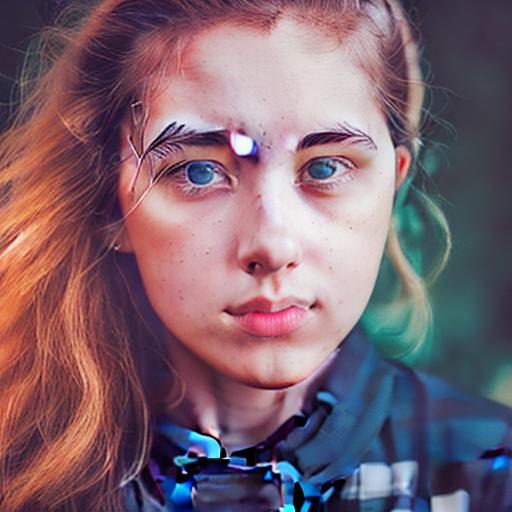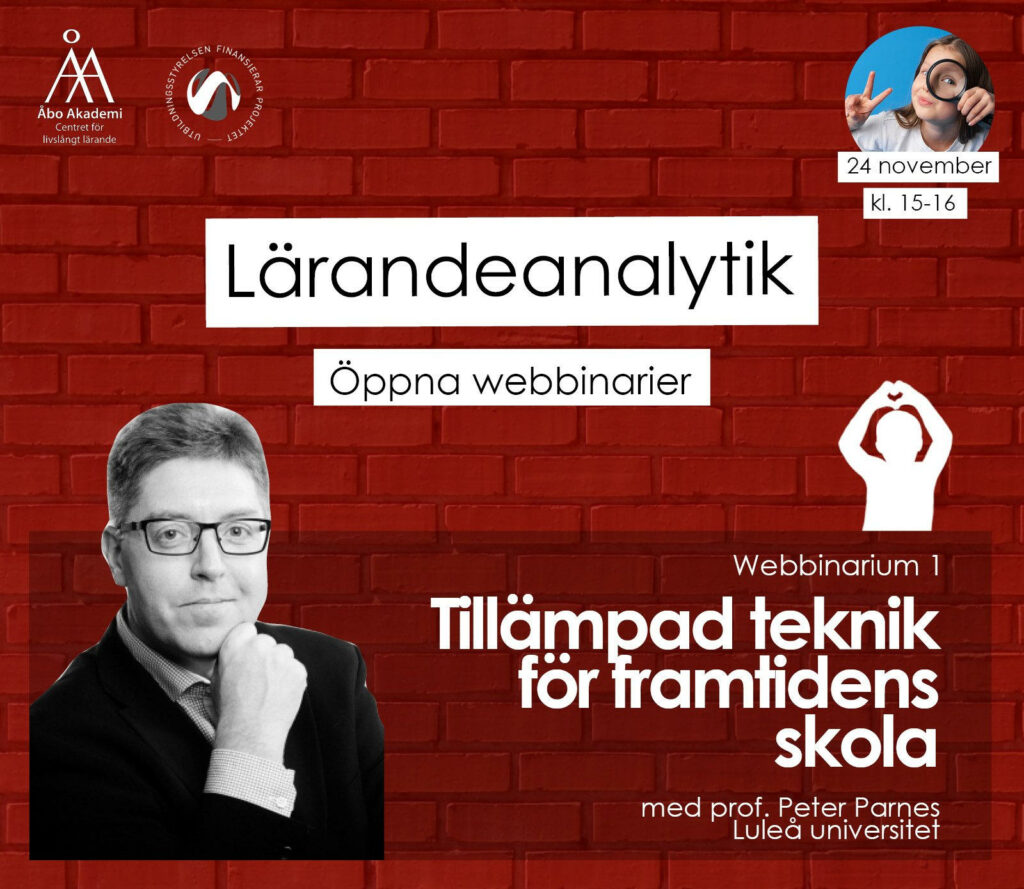AI-motorn ChatGPT från OpenAI släpptes 221130 och fick väldigt snabbt otroligt många användare. Enligt vissa uppgifter uppnåddes redan 1 miljoner användare efter 4 dagar.
Fusk?
En stor del av debatten om ChatGPT har kretsat runt hur den kan användas för att fuska i skolan och universitet och vissa skriver direkt att ChatGPT måste förbjudas men hur blir det då med andra verktyg som att söka på Google, forskningsassisten i Word och så enkla verktyg som rättstavning och grammatikkontroll? Ska alla dessa verktyg förbjudas också?
Egentligen har studenter på universitetsnivå kunnat fuska i många år genom att alla uppgifter och lösningar sprids online av tidigare studenter. Kanske för att hjälpa andra eller kanske bara för att få lite uppmärksamhet. I slutändan handlar det om att ha ändamålsenlig examination där vi faktiskt undersöker om eleven/studenten har lärt sig det den ska ha lärt sig i respektive kurs och vi som lärare måste fundera på vilket sorts examination vi använder.
Hur nyttja ChatGPT för lärande?
Jag vill istället diskutera hur ChatGPT kan användas till stötta elever och studenter i deras lärande och här nedan följer tio exempel. Vill dock poängtera att detta är bara toppen av ett isberg och det finns massor med fler sätt vi kan använda AI-baserade chatbottar för att stötta lärande.
1: Skrivkramp
ChatGPT kan hjälpa till att komma igång med skrivuppgifter. Jag har själv ibland svårt att komma igång med frustration som resultat och genom att be ChatGPT skriva en kort introduktion till ett visst ämne så kan det vara lättare att fortsätta skrivandet.
På samma sätta kan man mata in sin egen text och be chatbotten att fortsätta skriva för att hjälpa en vidare. Man får det en eller par paragrafer med efterföljande texter.
2: Interaktiv lärobok
ChatGPT har lärt sig massor med fakta och den kan då användas som en interaktiv lärobok där den lärande enkelt kan ställa frågor kopplade till tidigare svar. T.ex. Förklara hur de svenska fjällen skapades? följt av Hur högt är det högsta berget? där jag inte behöver skriva varken fjäll eller att det är svenska berg jag menar för det förstår chatbotten utifrån den tidigare diskussionen.
3: Analysera texter
AI-motorn kan användas för att analysera texter och är duktig på att ge förslag på hur texten bör fortsätta. T.ex. paragrafen ovan om att studenter har kunnat fuska länge ge följande förslag från ChatGPT:
“Det är därför viktigt att universitet och lärare tar initiativ för att motverka och förhindra fusk. Det kan innebära att skapa mer individuella uppgifter, använda olika examinationstekniker som förhindrar kopiering och samarbete under prov, eller att införa mer omfattande kontroller för att säkerställa att studenterna faktiskt har lärt sig det de ska ha lärt sig. Genom att vidta dessa åtgärder kan vi garantera en ändamålsenlig examination och en rättvis bedömning av studenternas kunskaper.”
4: Sammanfatta texter
Vidare kan vi be ChatGPT sammanfatta längre texter och ge oss en sammanfattning. Jag har provat på längre texter, både akademiska och skönlitteratur och fått en mycket korrekta sammanfattningar. Detta kan underlätta för personer med lässvårigheter att läsa texter och därmed lära sig. För mig som forskare och lärare underlättare det otroligt mycket att få sammanfattningar av akademiska skrivningar.
Nedan är ett exempel på där ChatGPT sammanfattar en ganska lång beskrivning av mig som ni hittar här.
Professor Peter Parnes är professor vid Luleå tekniska universitet och är aktiv inom områdena ny teknik och digitalisering i skolan. Han har grundat flera företag, inklusive Marratech som såldes till Google, där han sedan jobbade som utvecklingschef för Google Sverige. Peter är även expert åt Skolverket och engagerar sig i jämställdhet inom IT-området genom projektet #include.
5: Bättre översättningar
Vi har länge kunnat enkelt översätta via olika översättningsverktyg online men med hjälp av ChatGPT kan vi få även få förklaringar till översättningarna som hjälper oss förstå det andra språket. T.ex. Hur säger man “Var är busshållplatsen?” på spanska och förklara. ger:
“¿Dónde está la parada de autobús?” (Uttalas: “donde esta la parada de autobus”)
“Dónde” är en form av “donde” som betyder “Var”. “Está” är den tredje personens singularisform av verbet “estar” som betyder “att vara”. “La parada de autobús” betyder “busshållplatsen”. “¿” är tecknet för fråga, vilket visar att det är en fråga.
6: Ge förslag i diskussioner
Vi kan använda ChatGPT för att ge oss förslag på argument när vi arbetar med i princip alla olika ämnen. Den kan hjälpa oss att ta fram argument för olika skrivningar som t.ex. varför en viss affärsmodell är lämplig för att lösa ett affärsproblem, hur vi ska visualisera vindkraftsproduktion eller Ge mig 3 argument för varför det är bra att lära sig saker? ger
- Att lära sig nya saker utvecklar vår hjärna och hjälper oss att bli mer flexibla och kreativa.
- Att lära sig nya saker ger oss möjlighet att utforska och förstå vår omvärld på djupare nivå, vilket ökar vår kunskap och insikt.
- Att lära sig nya saker ökar vår livskvalitet och hjälper oss att möta nya utmaningar och situationer med mer självsäkerhet och förmåga att hantera dem.
7: Förklara programmeringfel
Många lär sig programmera idag och är man nybörjare så kan vissa fel vara svåra att förstå. T.ex. ChatGPT kan förklara följande felmeddelande från Python: Förklara följande fel: TypeError: ‘int’ object is not iterable
8: Hitta buggar i program och rätta dem
ChatGPT kan också hitta buggar och ge förslag på hur det ska rättas.
Hitta buggen i följande program
def count_occurrence(values, to_find):
number_of_occurrences = 0
for v in len(values):
if values[v] == to_find:
number_of_occurrences += 1
return number_of_occurrences
values = [1, 2, 3, 3]
check_for_threes = count_occurrence(values, 3)
print(check_for_threes)
ChatGPT svarar
Buggen i programmet är i första raden i funktionen count_occurrence. Koden använder len-funktionen för att iterera över values, men detta fungerar inte eftersom len-funktionen returnerar längden på values-listan, inte individuella element i listan. För att fixa buggen ska koden istället använda en for-loop för att iterera över values direkt, så här:
def count_occurrence(values, to_find):
number_of_occurrences = 0
for v in values:
if v == to_find:
number_of_occurrences += 1
return number_of_occurrences
Med den här ändringen kommer koden att fungera som avsett och kommer att skriva ut 2 när den körs med den givna values-listan.
9: Ge sig själv positiv uppmuntran
Denna är en av mina favoriter. Be ChatGPT skriva något positivt om dig själv och njut av resultatet. Här som ett exempel för att motivera mig, Peter till att gå och träna.
Peter är en fantastisk person som alltid sätter mål för sig själv och strävar efter att bli bättre. Han har bestämt sig för att gå och träna idag, vilket är en fantastisk beslutning. Träning är en viktig del av en hälsosam livsstil och kommer att hjälpa Peter att må bra både fysiskt och mentalt. Jag är säker på att han kommer att göra ett fantastiskt jobb och känna sig stolt över sig själv efteråt. Go, Peter!
10: Skriv något positivt om någon annan
Du kan be ChatGPT skriva något positivt som en dikt för att göra någon annan glad och uppmuntra dem. Här en är en kort dikt i Karin Boye stil.
Rektor Birgitta Bergvall-Kåreborn
Med kunskap som en vägg av stål
Hon leder Luleå tekniska universitet
Med visdom och styrka, förblir hon rak
Hon är en kvinna av klokhet och stolthet
Som vägleder med mod och integritet
Ingen utmaning är för stor
När hon står i spetsen för vårt högskolor
Med kärlek för vetenskap och teknik
Hon driver vår utbildning framåt
Och med sin ständiga strävan efter förbättring
Hon är en källa till stolthet och glädje för oss alla.
Avslutande ord
Jag är övertygad om att vi bara har sett början på hur textbaserade och andra AI-verktyg kommer att revolutionera vårt lärande och påverka vårt arbetsliv i stort. ChatGPT är ett exempel på ett sådant verktyg som kan hjälpa människor att lära sig allt från grunderna i olika ämnen till avancerade färdigheter och kunskaper. Jag tror verkligen att ChatGPT har stor potential att förändra sättet vi lär oss på och jag ser fram emot att se dess utveckling i framtiden när nästa version av den underliggande AI-hjärnan släpps i version 4 under våren 2023.
Ja, jag har använt ChatGPT för att hjälpa mig skriva och förbättra delar av denna text och ge förslag på hur den kan användas i lärande.
Vad är dina tankar om hur ChatGPT kan och bör användas för lärande?
Ps. Sammanfattning
Här kommer en sammanfattning av hela texten ovan sammanfattad av ChatGPT. Notera sista meningen som jag egentligen inte har skrivit om alls men som ChatGPT lade till.
AI-motorn ChatGPT från OpenAI har snabbt fått många användare. En stor del av debatten om ChatGPT har kretsat kring hur den kan användas för att fuska i skolan och universitetet. Det har föreslagits att ChatGPT ska förbjudas, men det finns även andra verktyg som kan användas för att fuska såsom att söka på Google och forskningsassisten i Word. Istället för att förbjuda ChatGPT bör vi fundera på hur det kan användas för att stötta elever och studenter i deras lärande. Exempel på sådana användningsområden är att hjälpa till med skrivuppgifter, användas som en interaktiv lärobok, analysera texter och hjälpa till med översättningar. ChatGPT har även potential att hjälpa lärare att få en bättre inblick i hur eleverna lär sig och vilka kunskaper de behöver stöd med.

